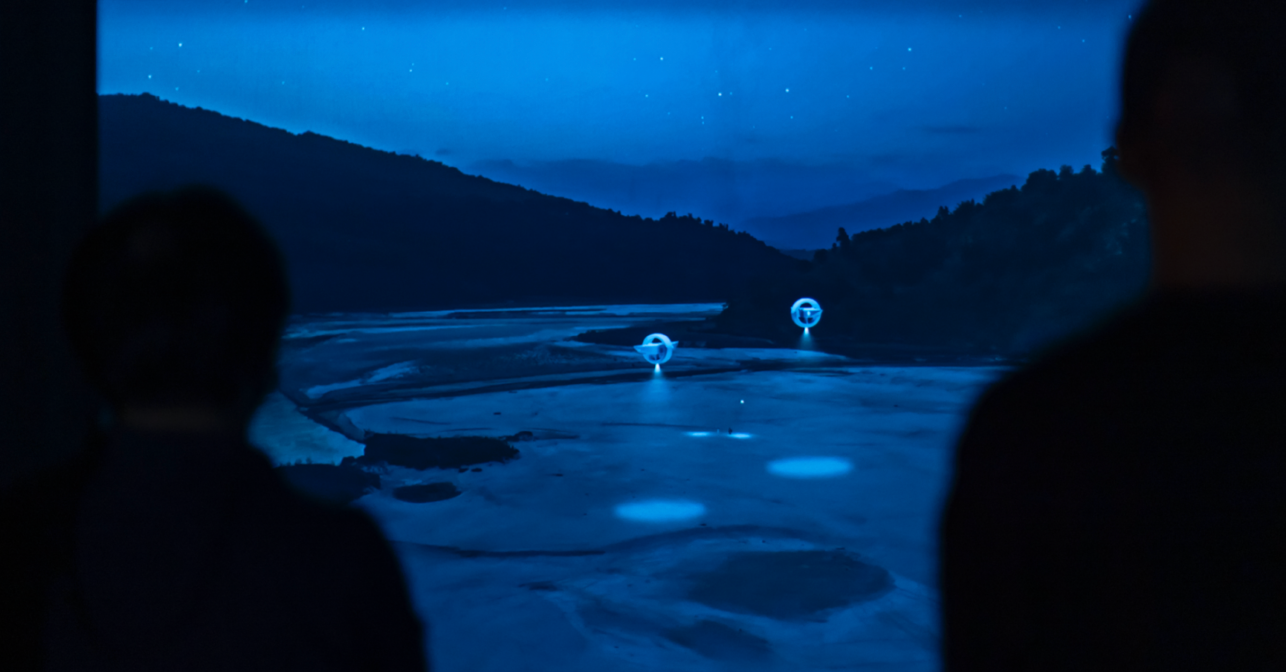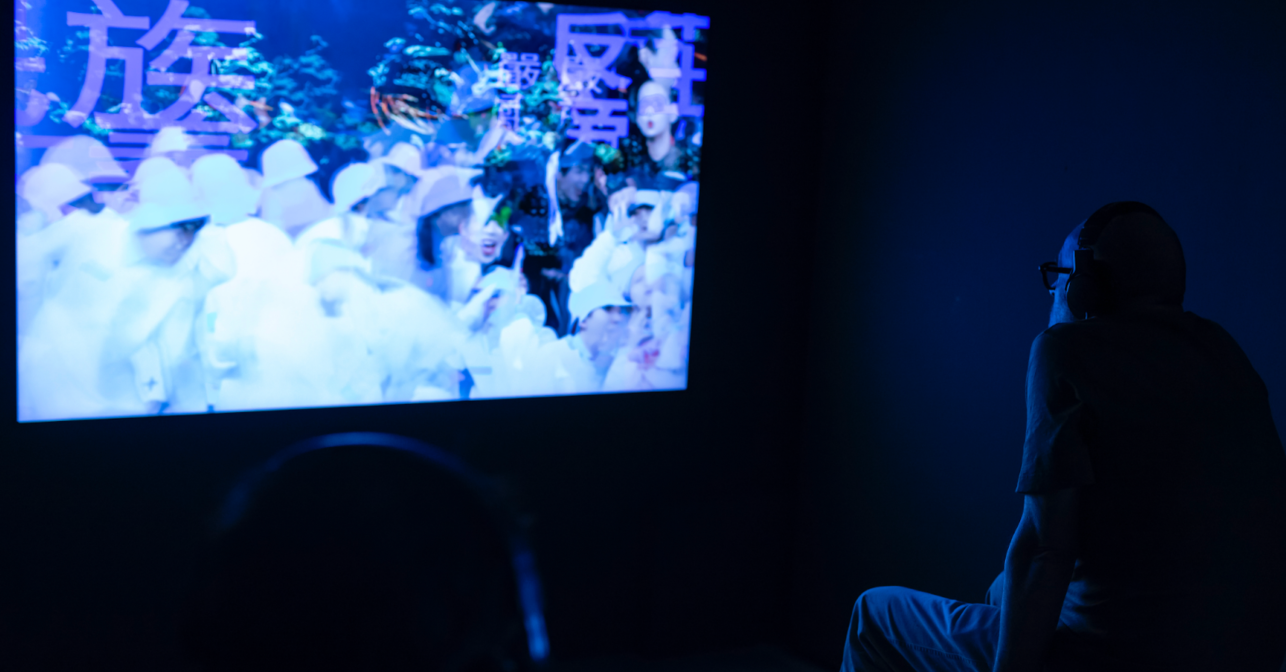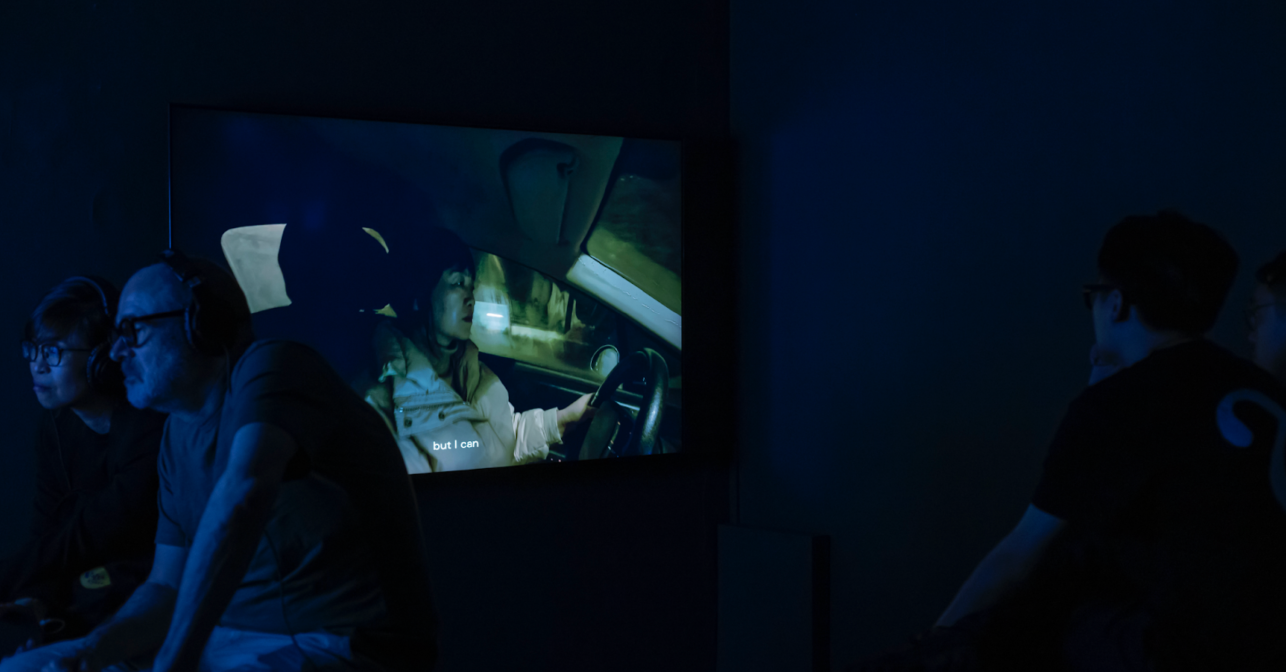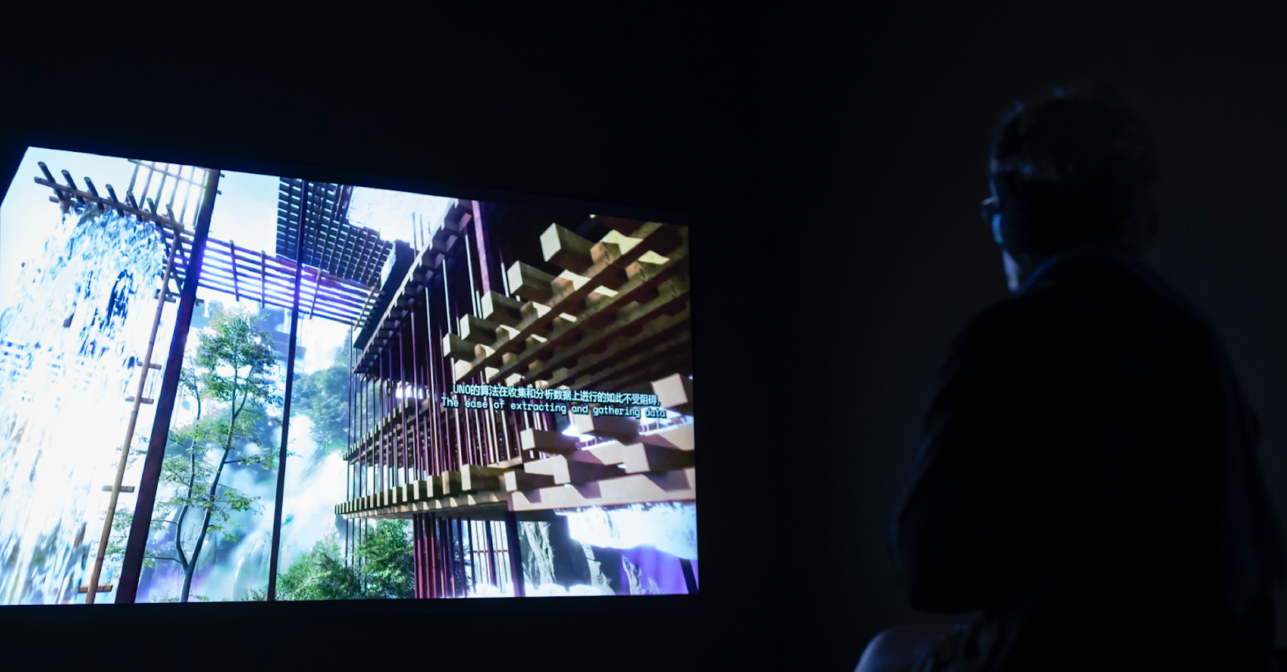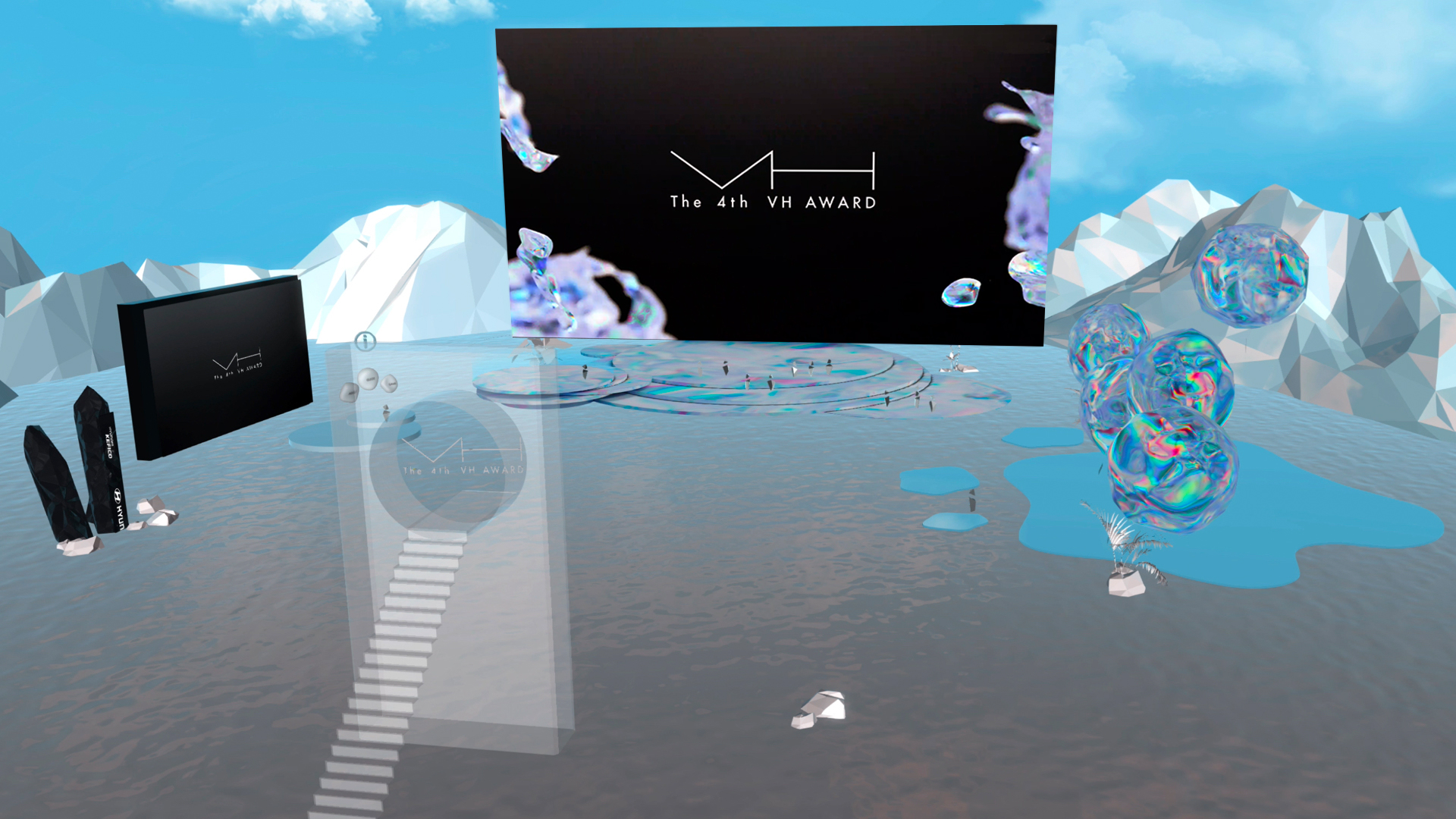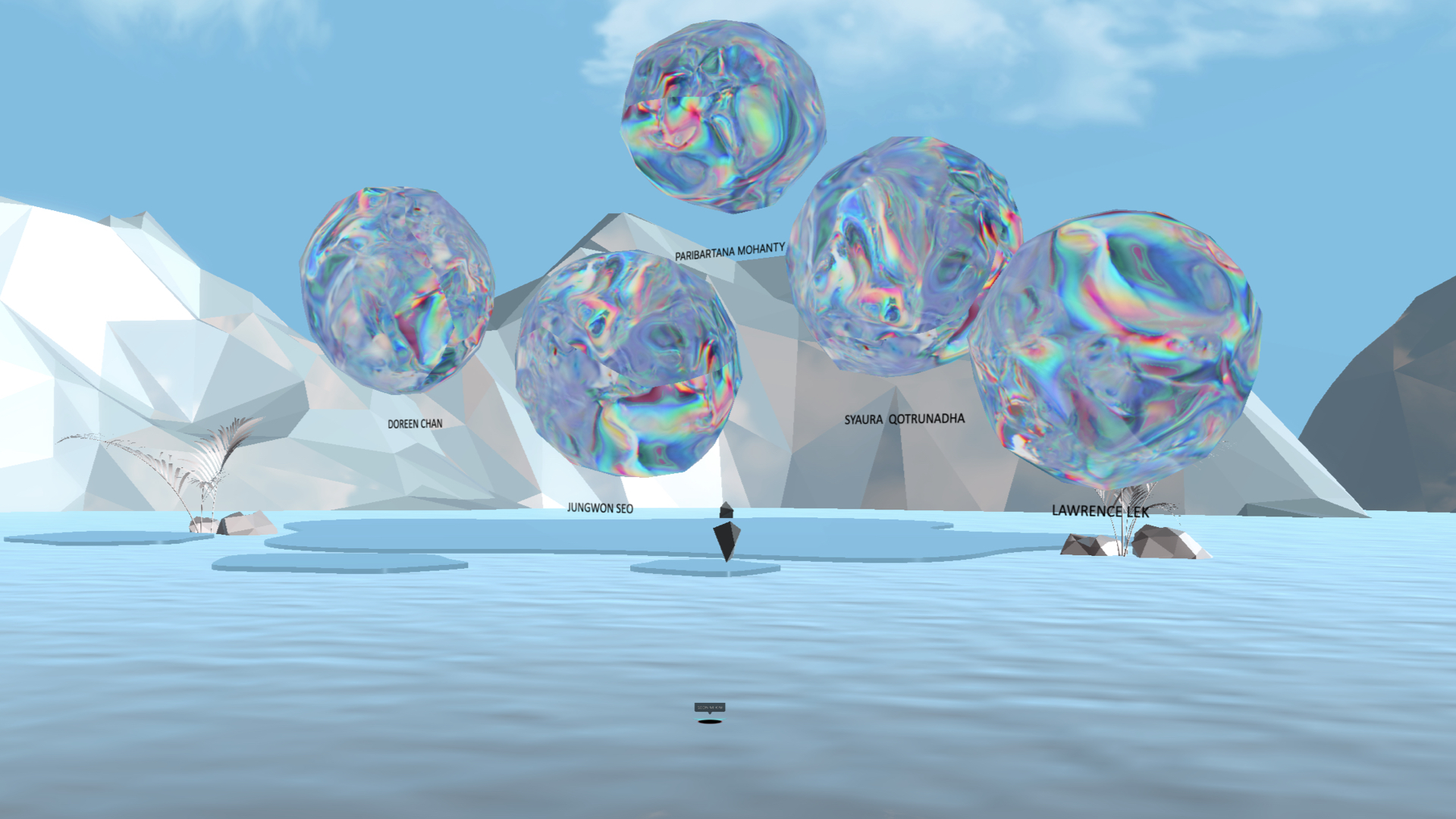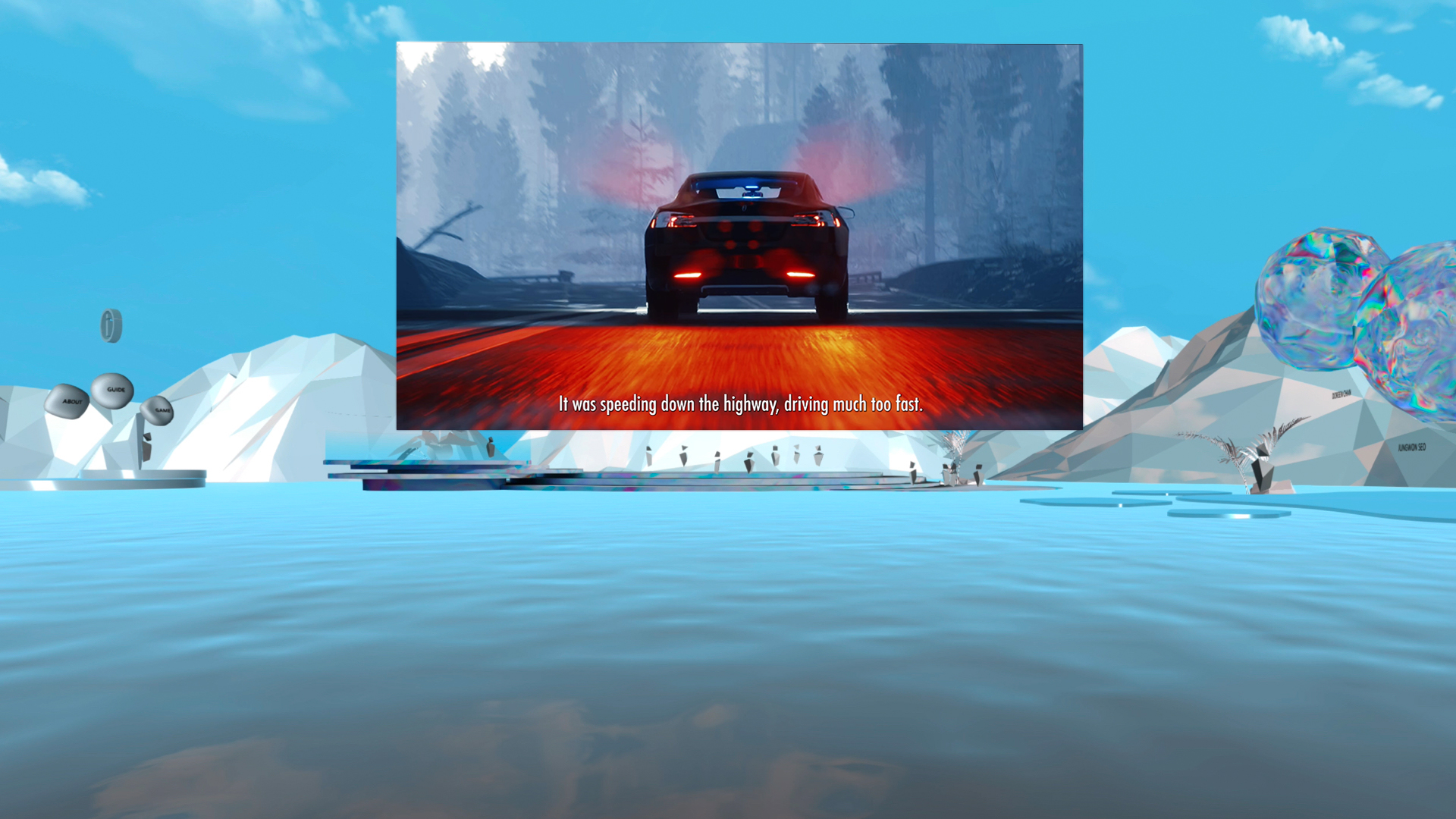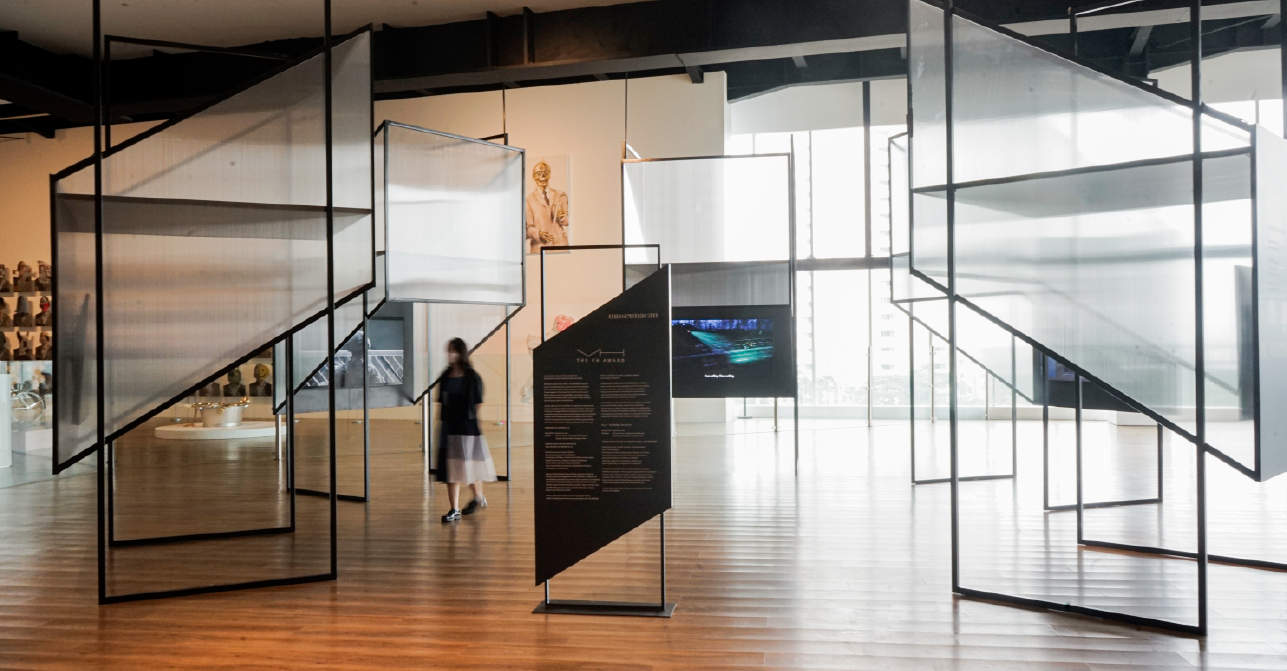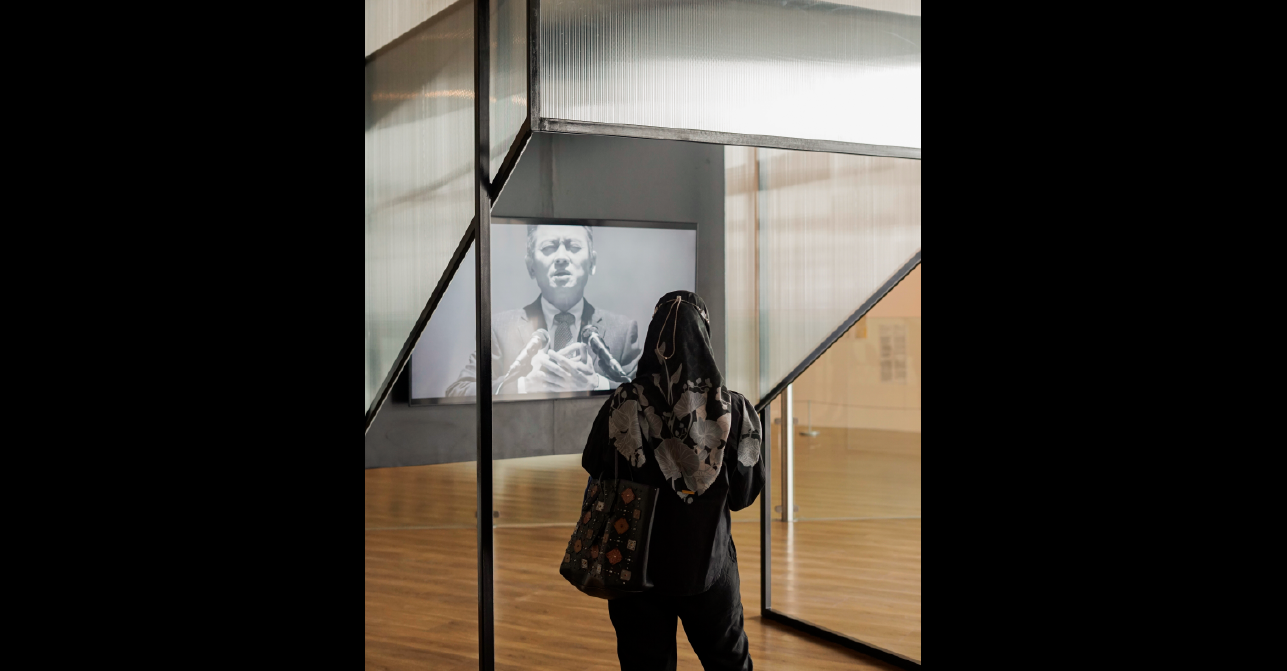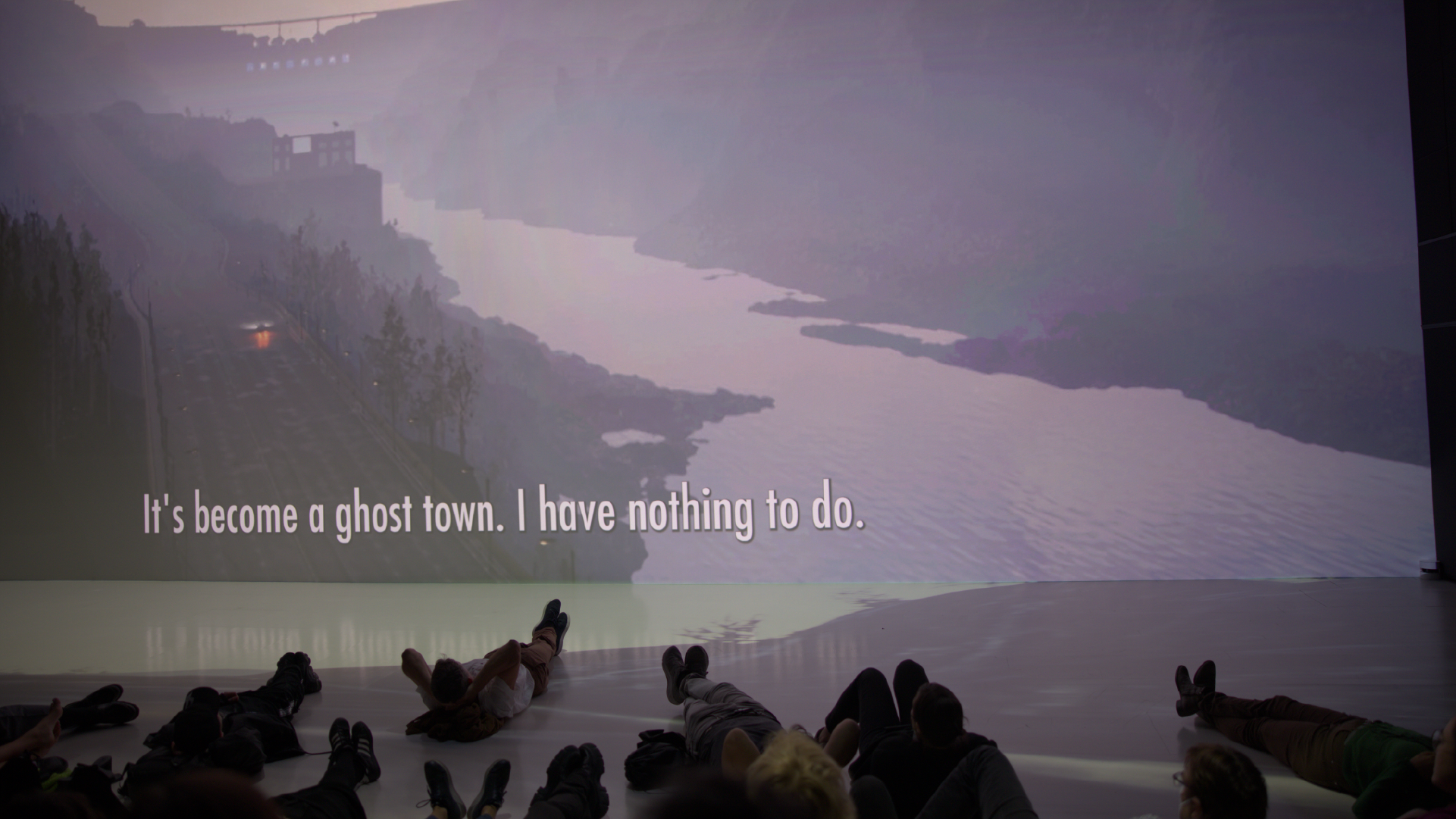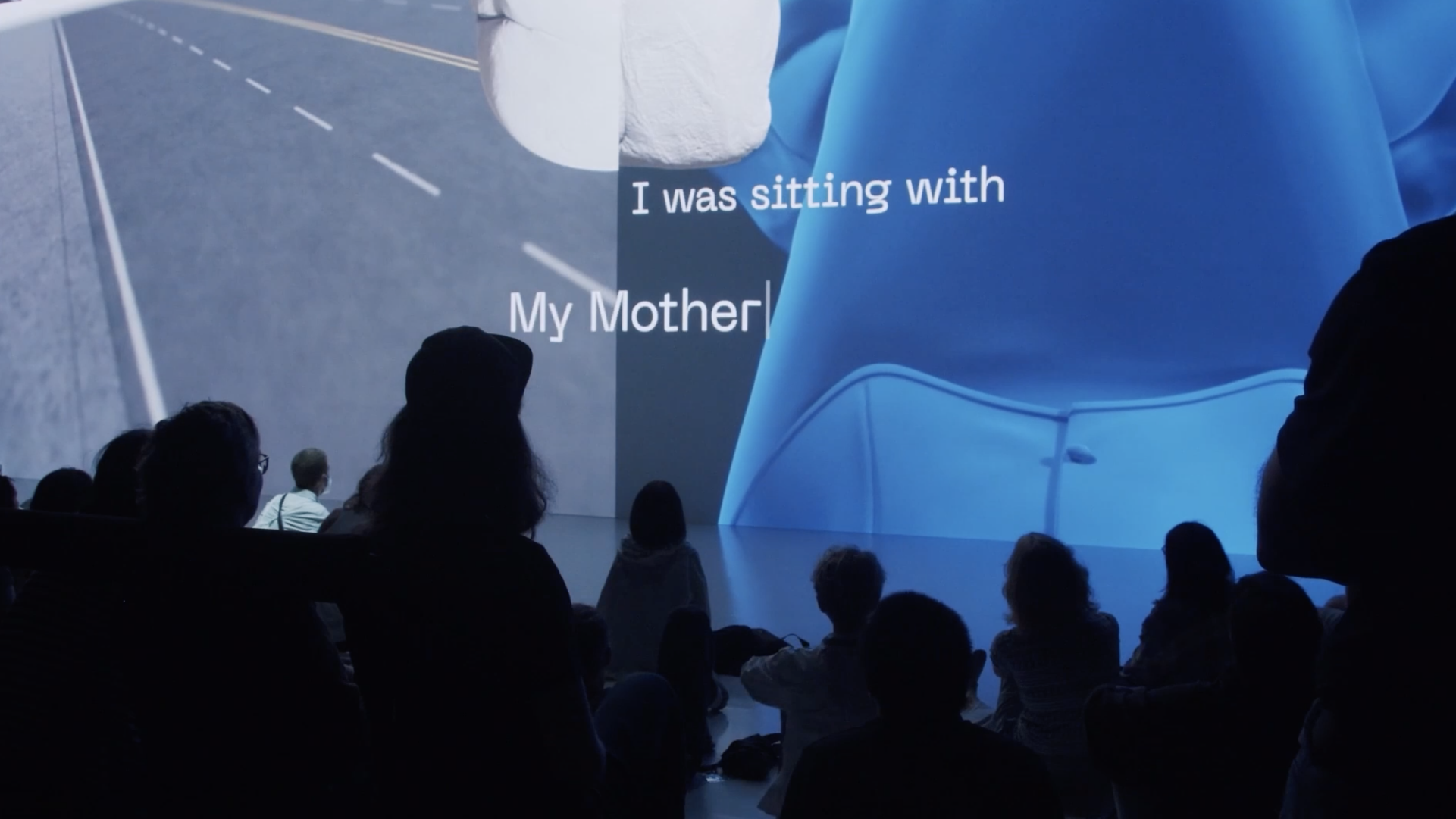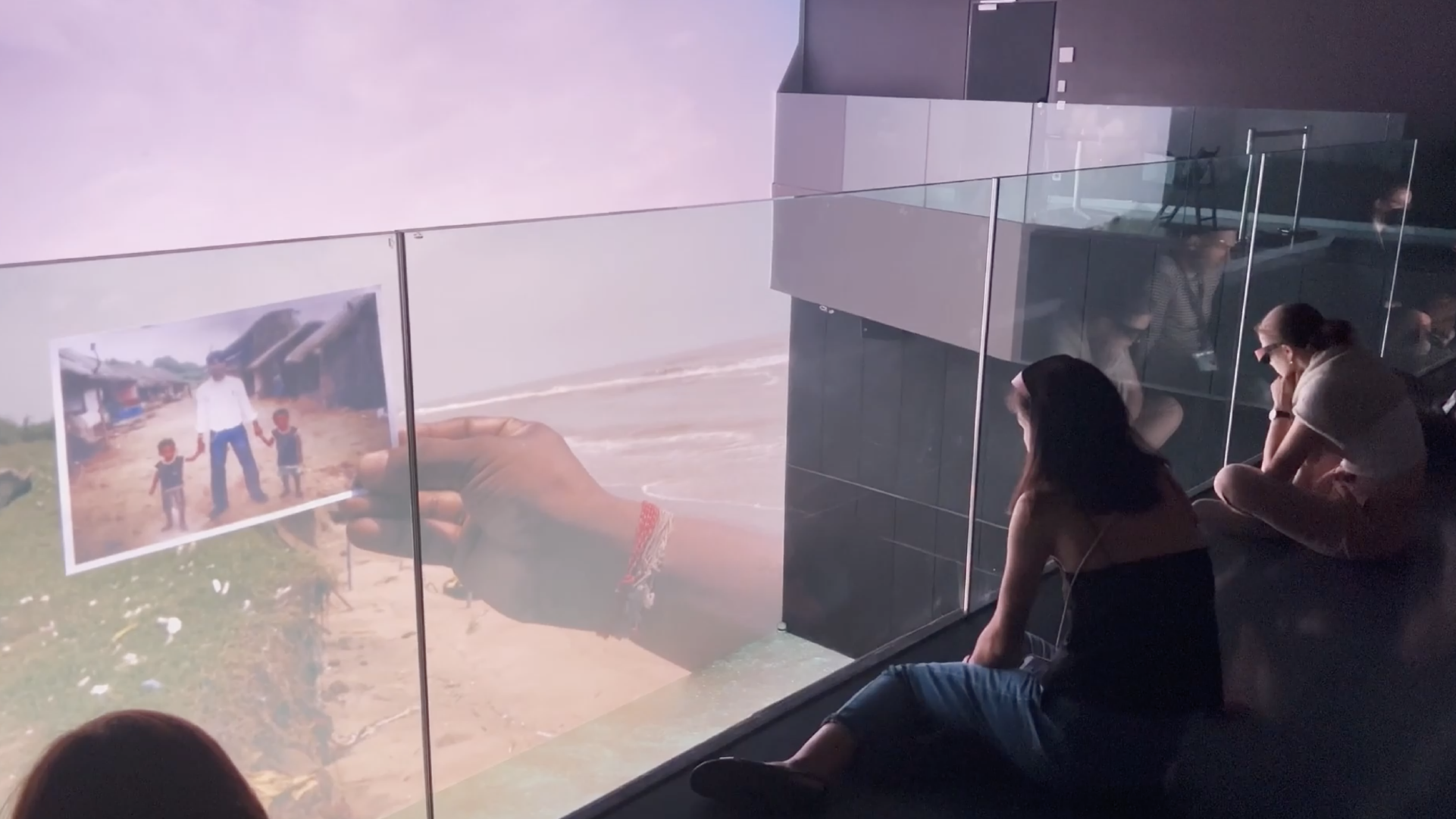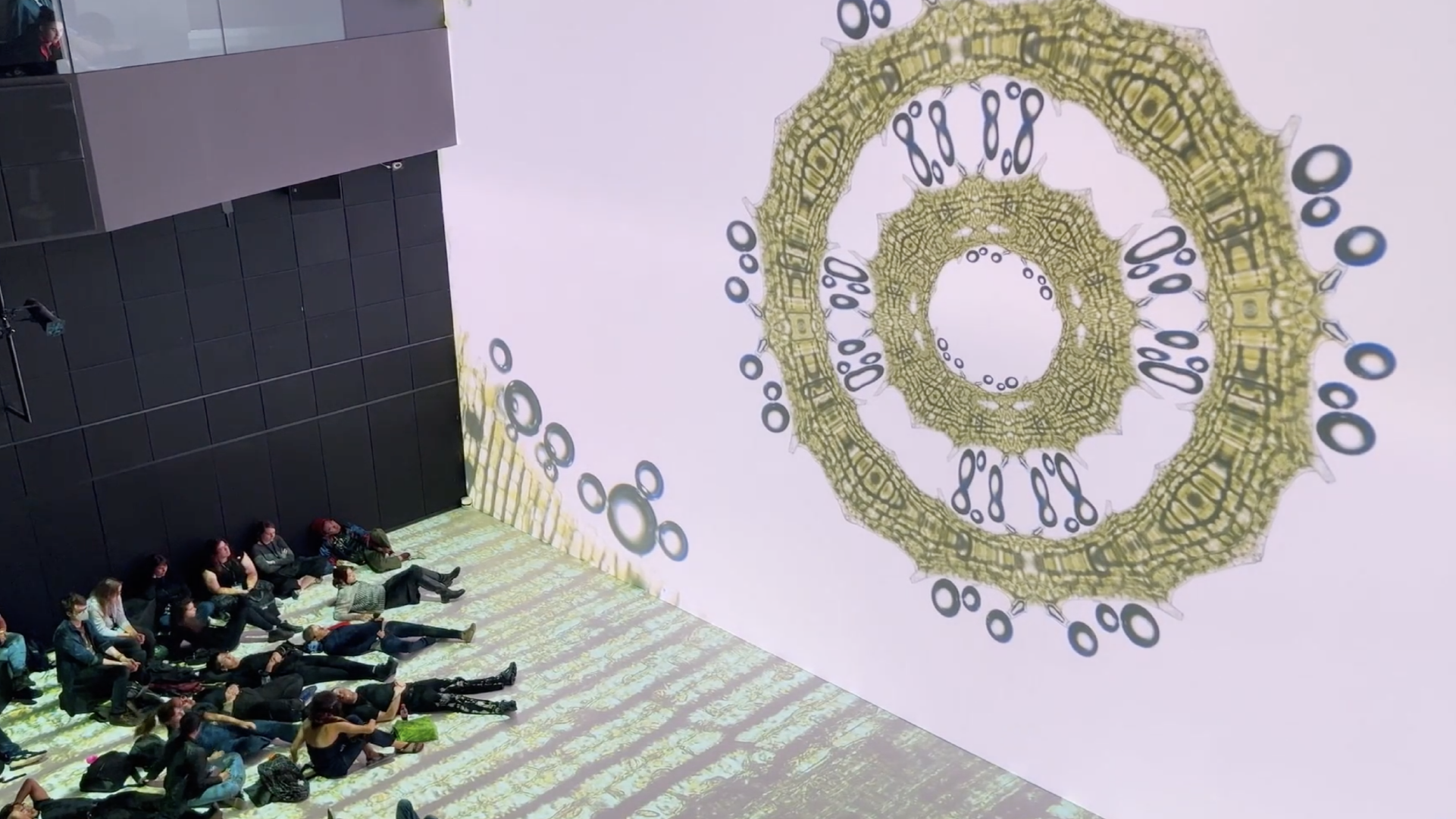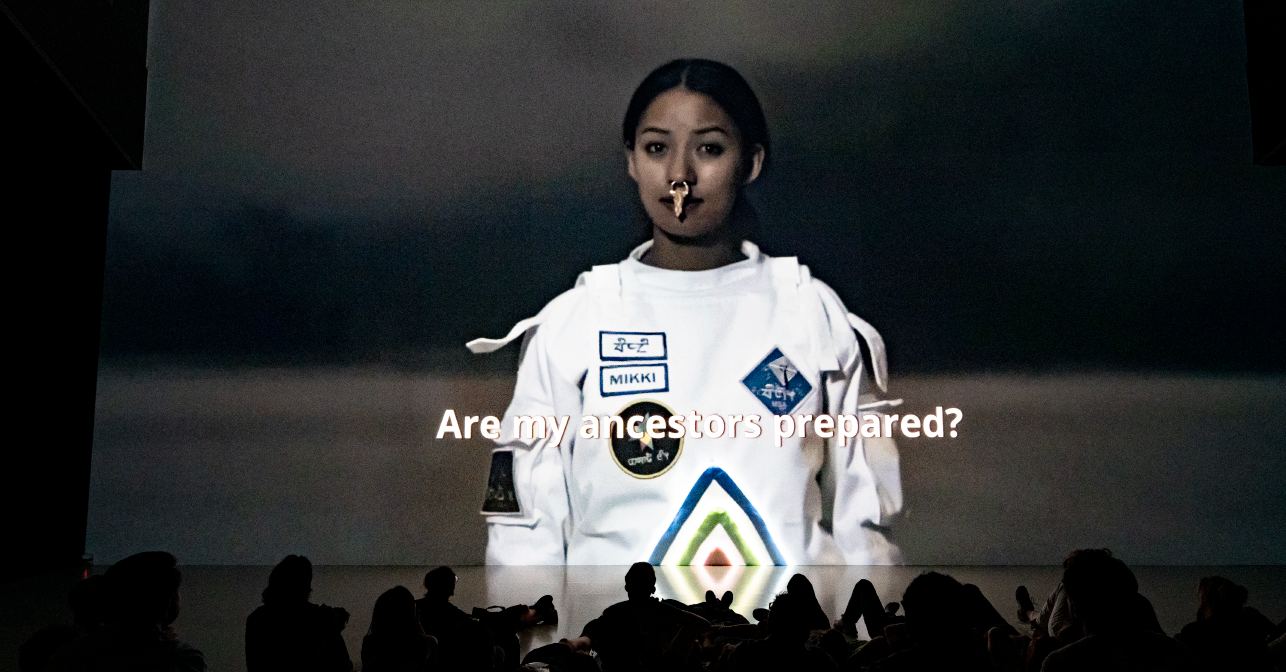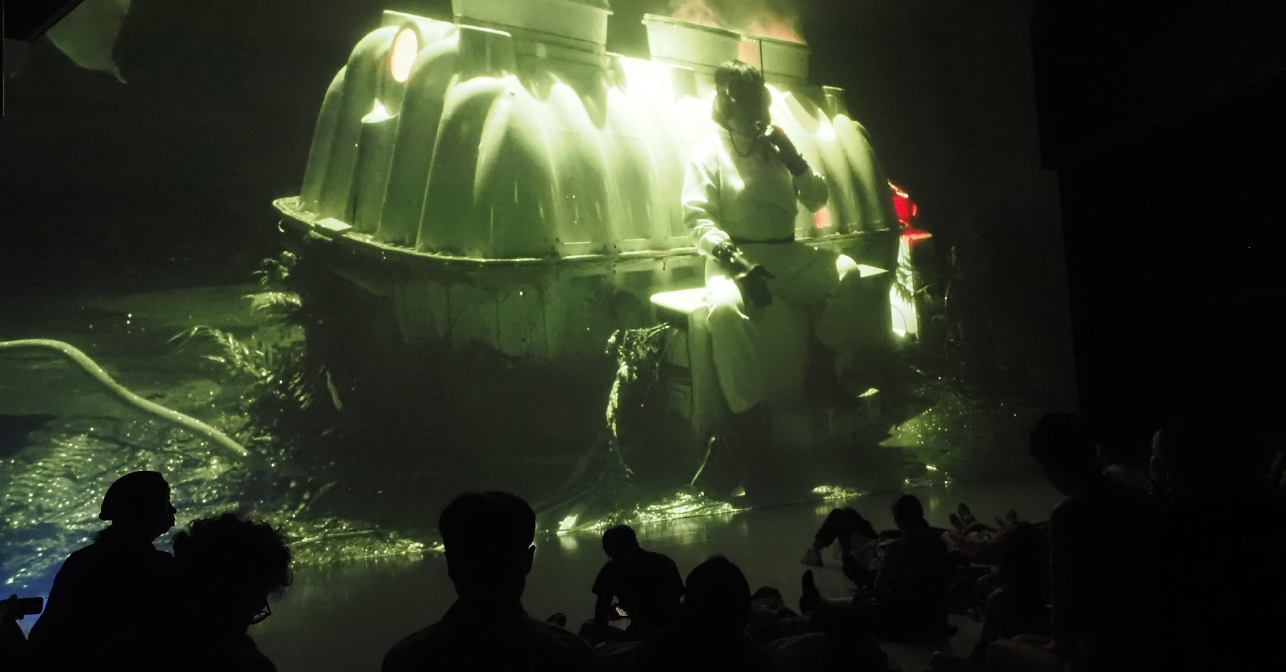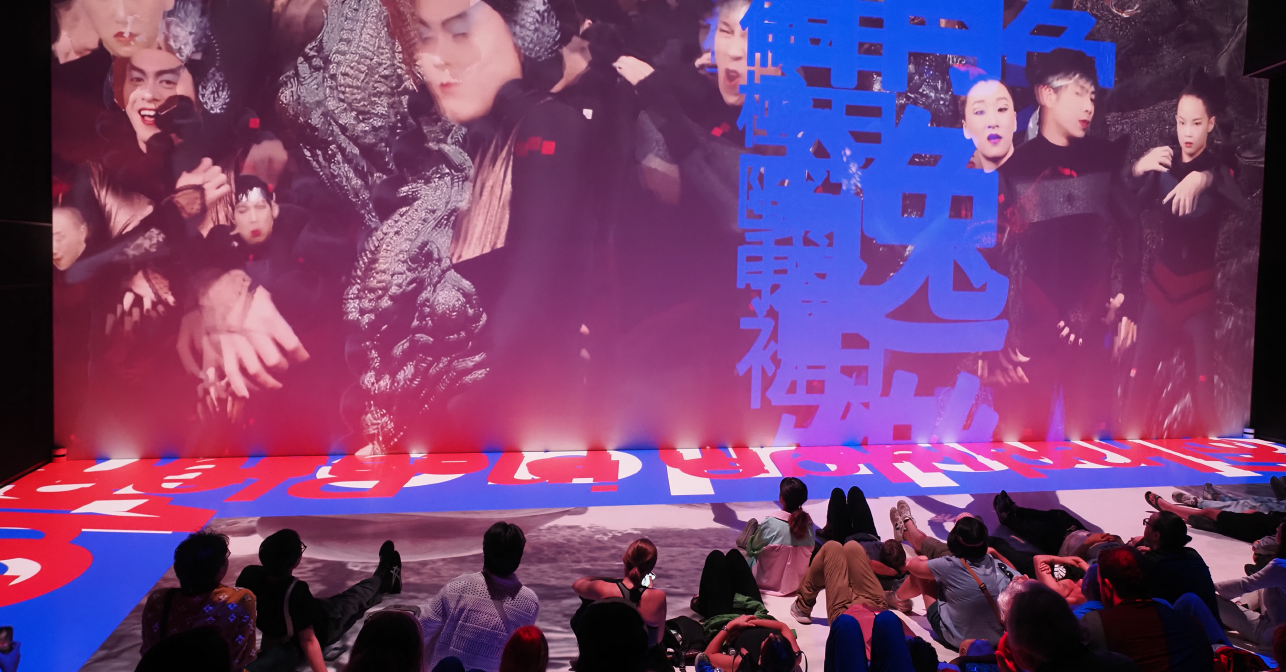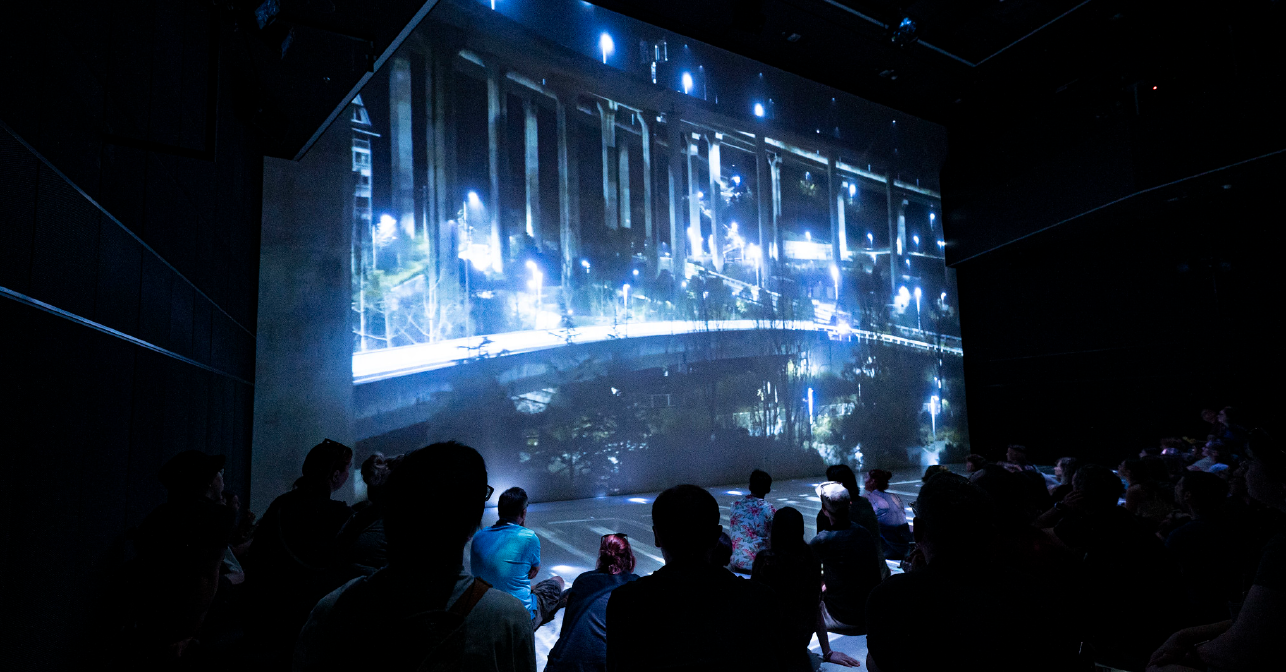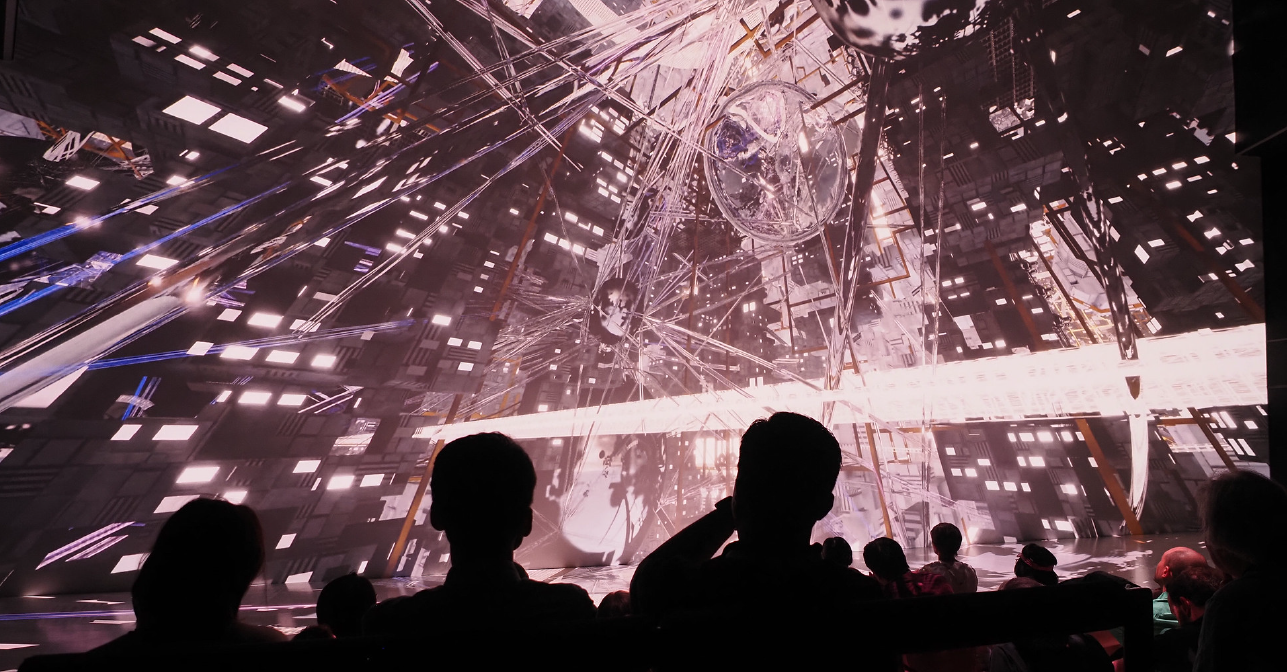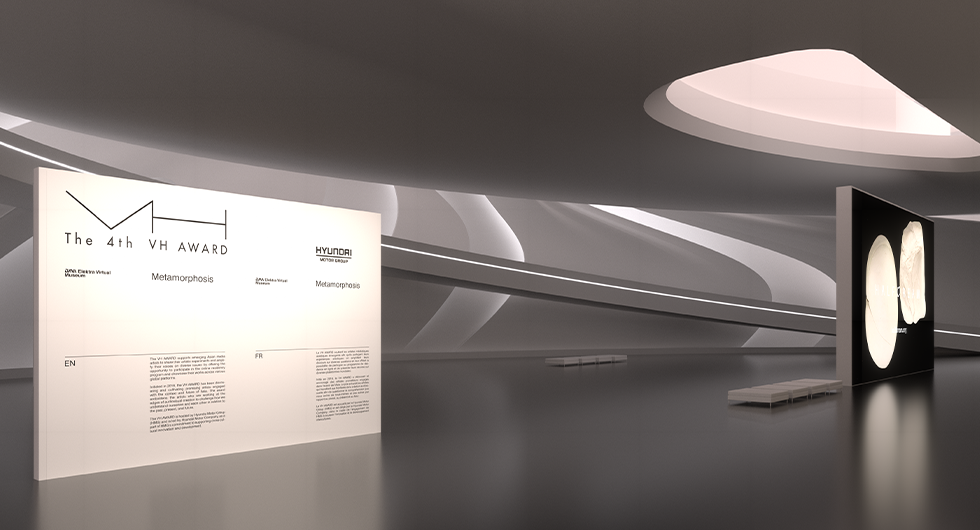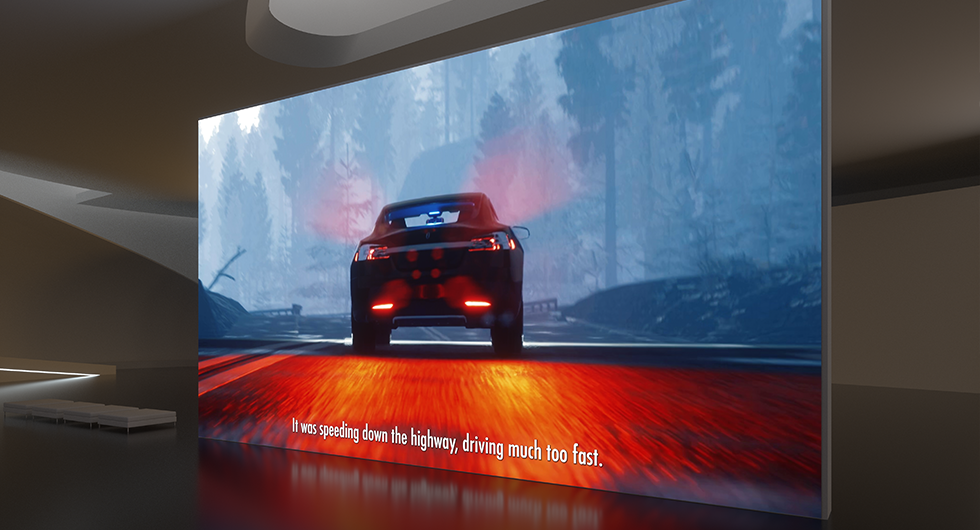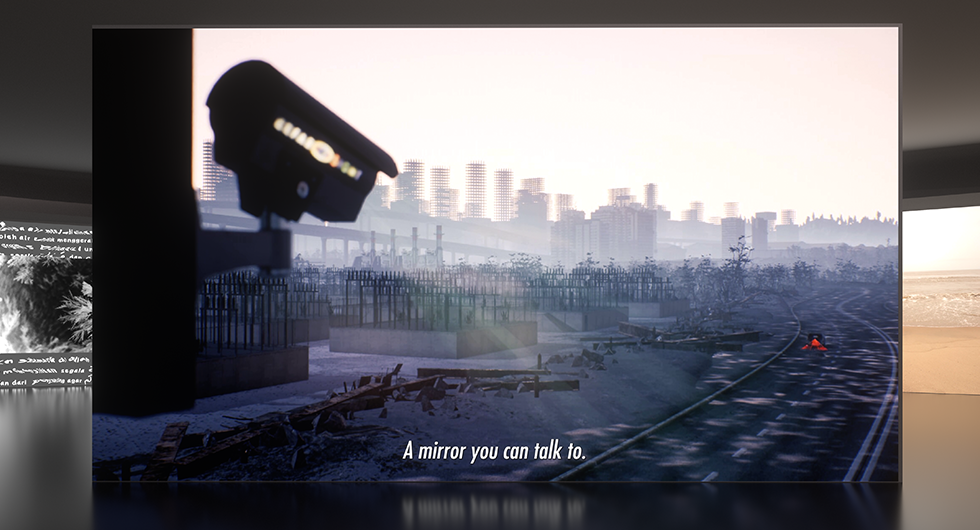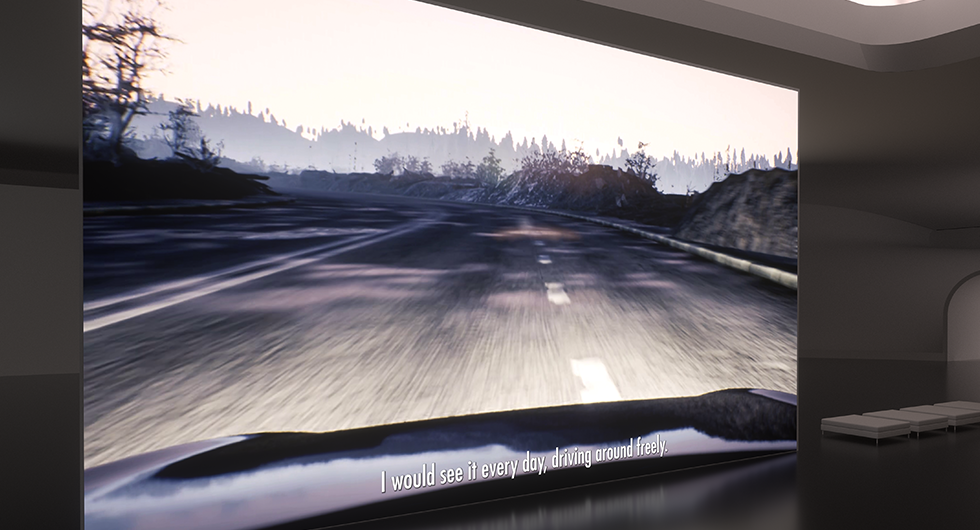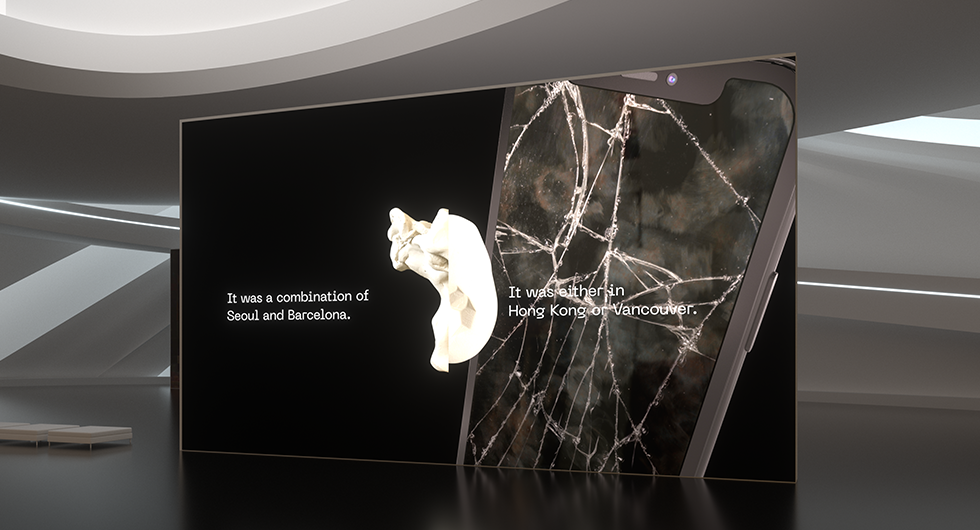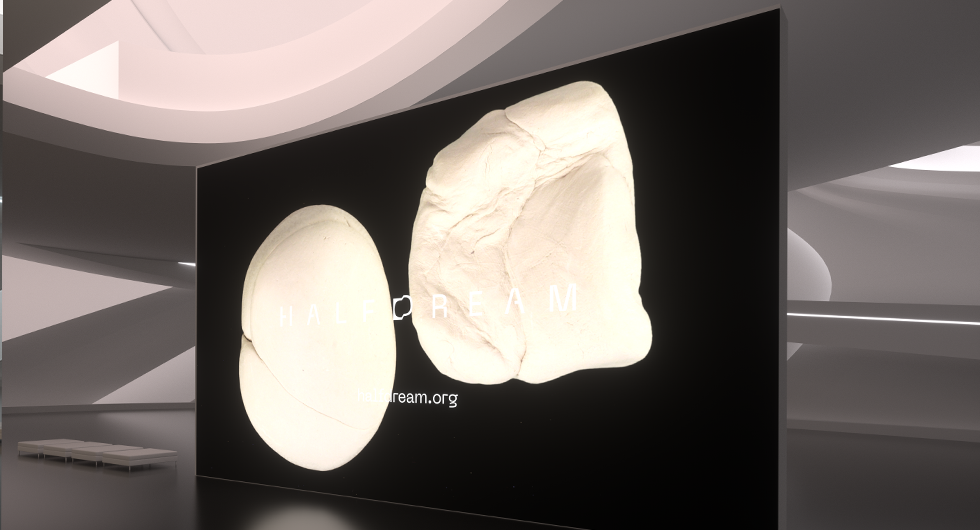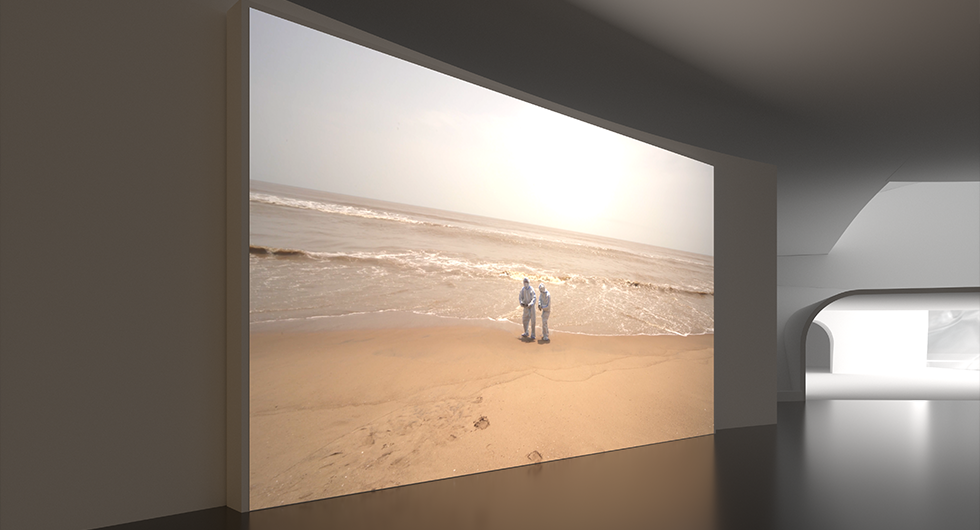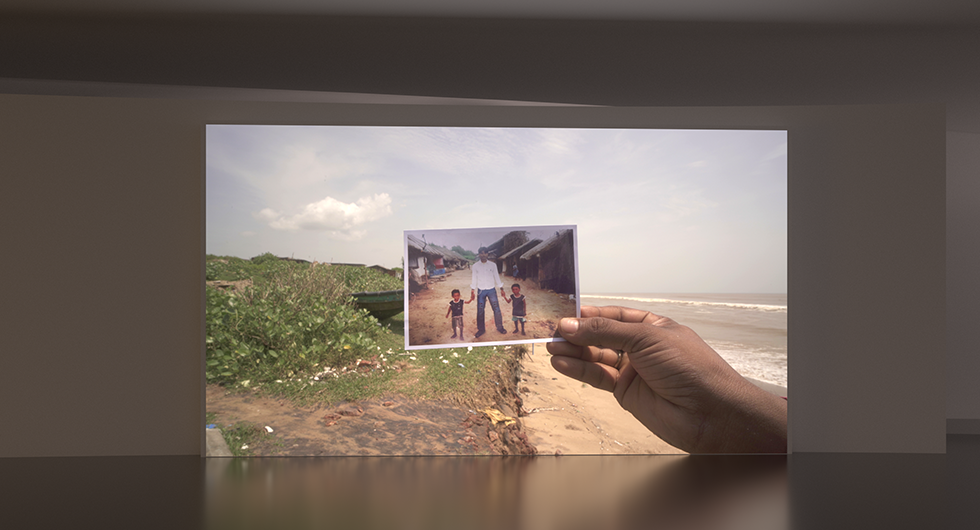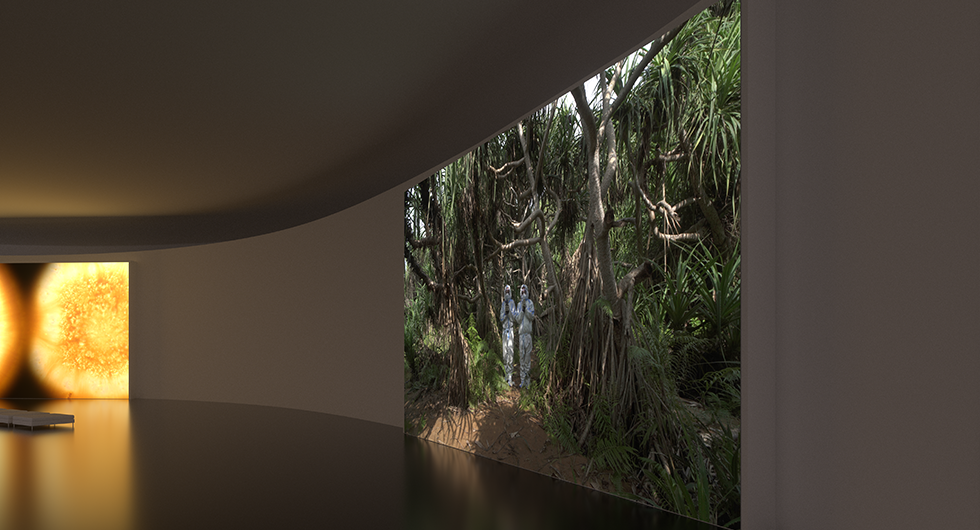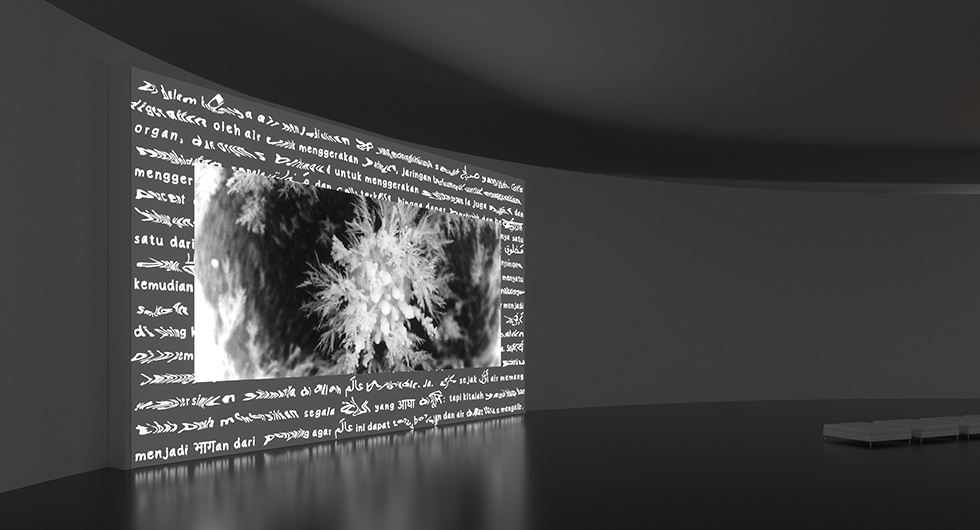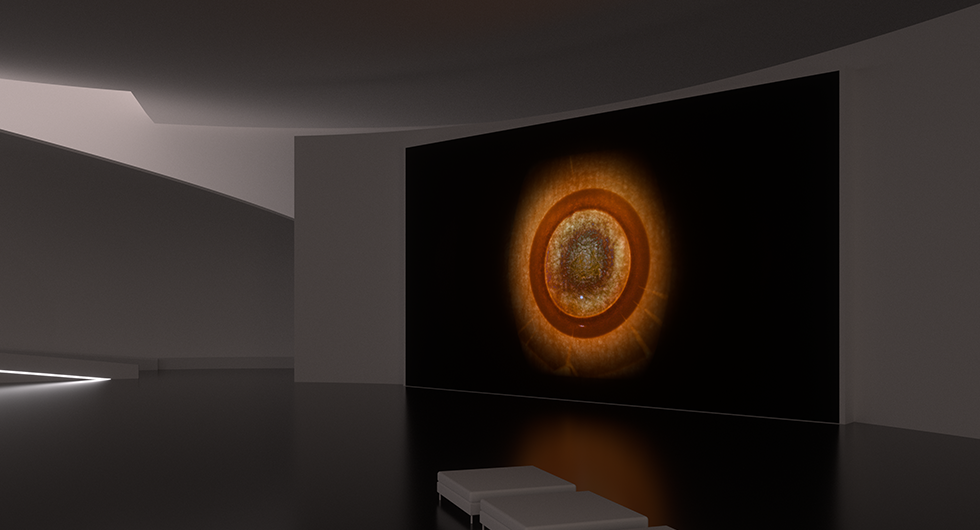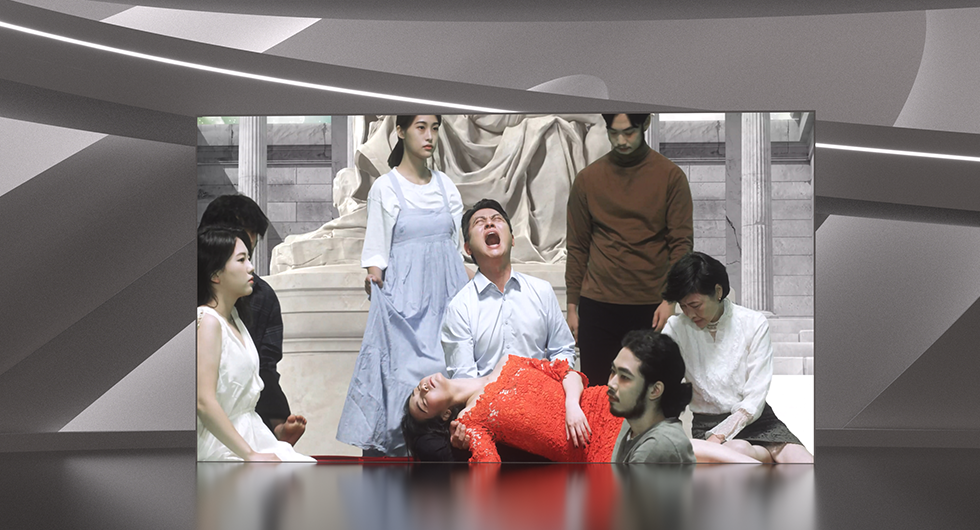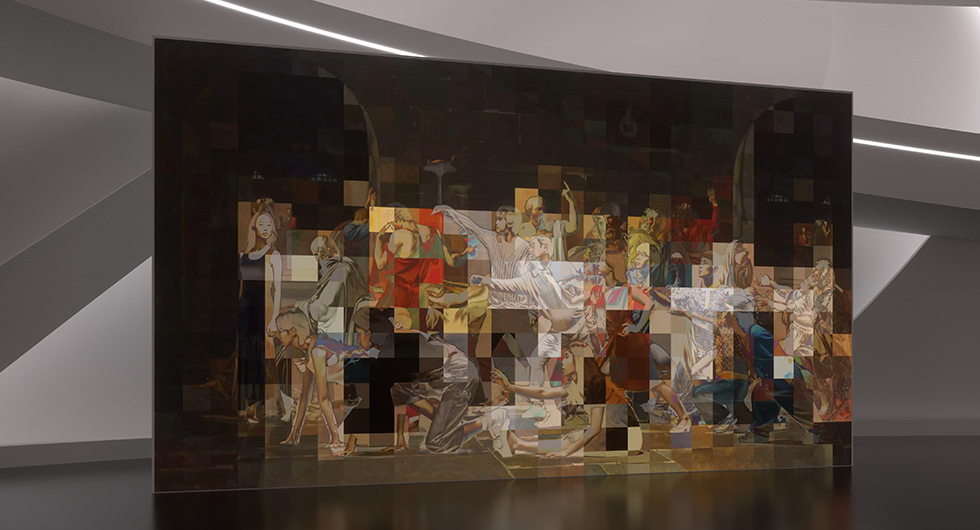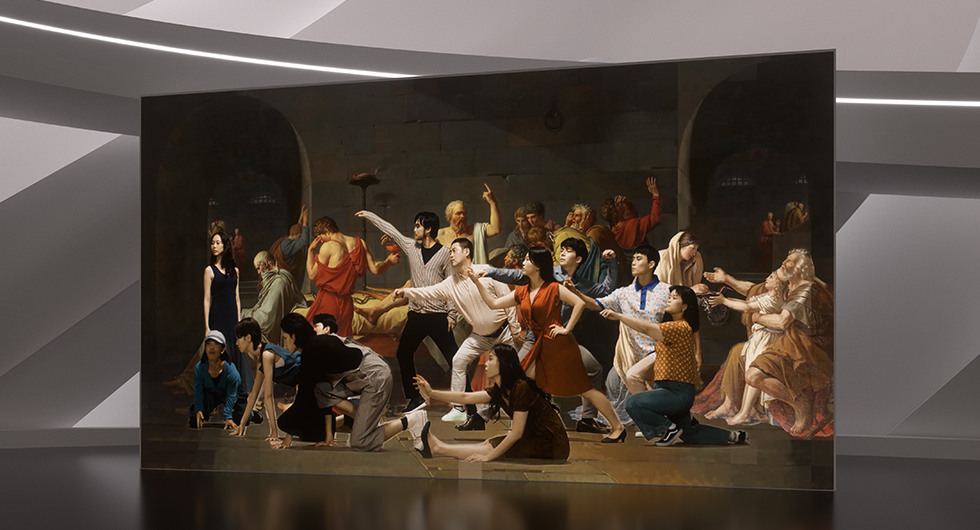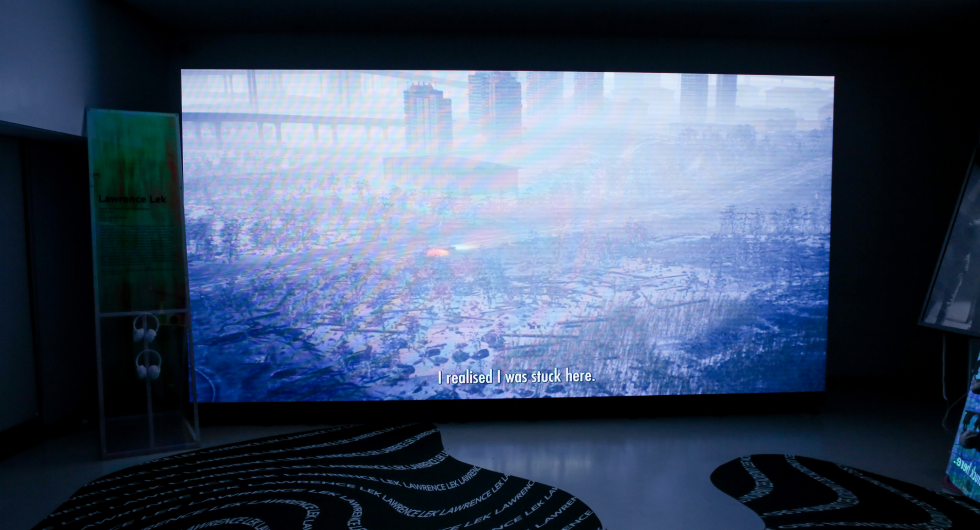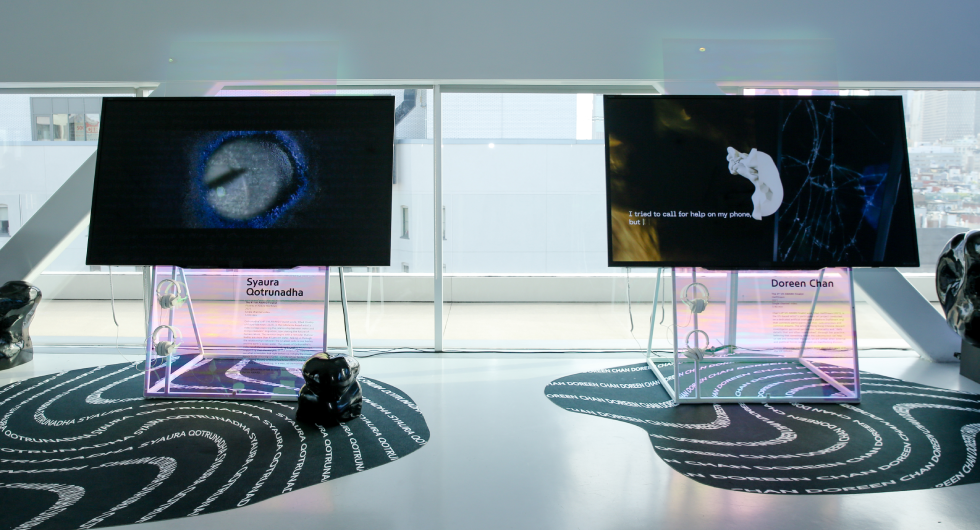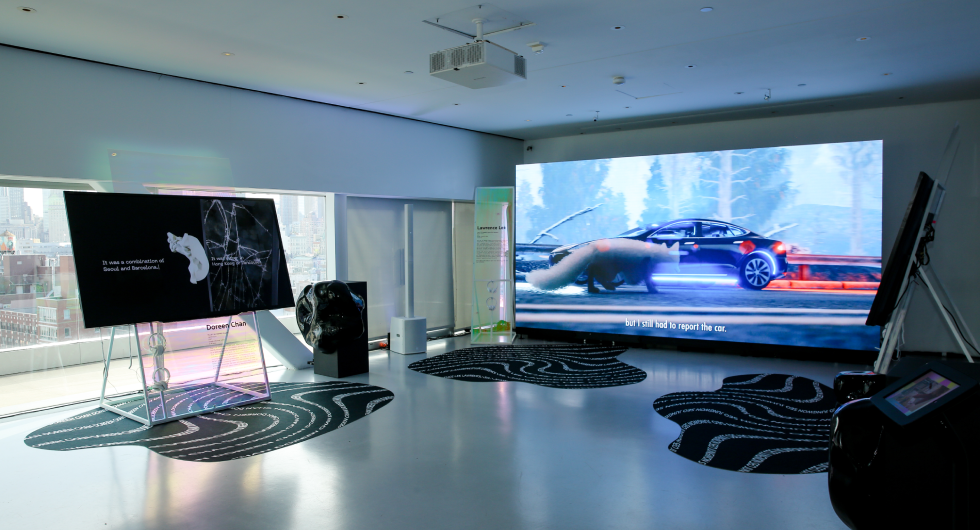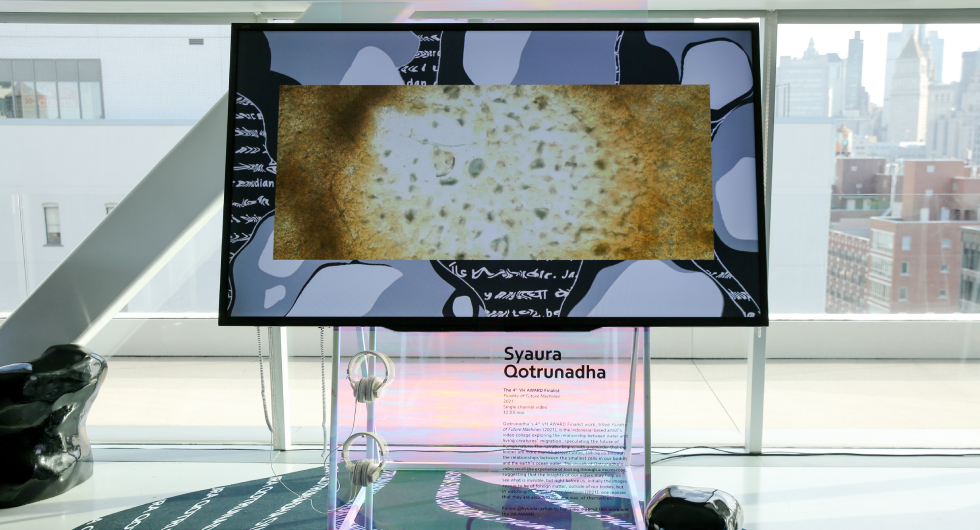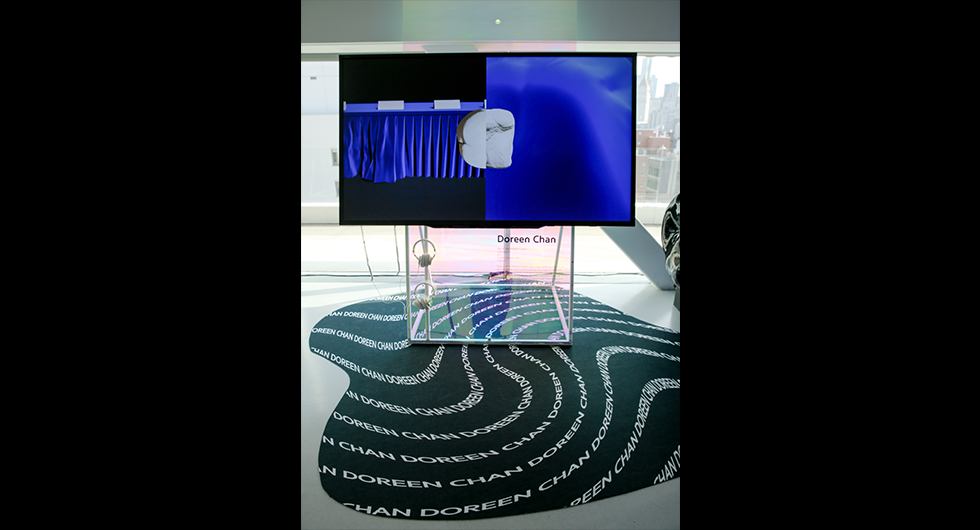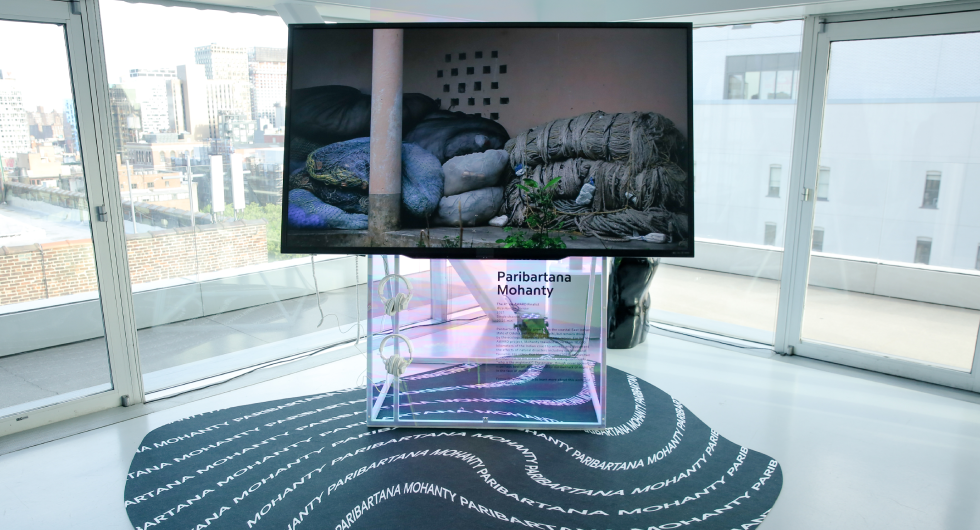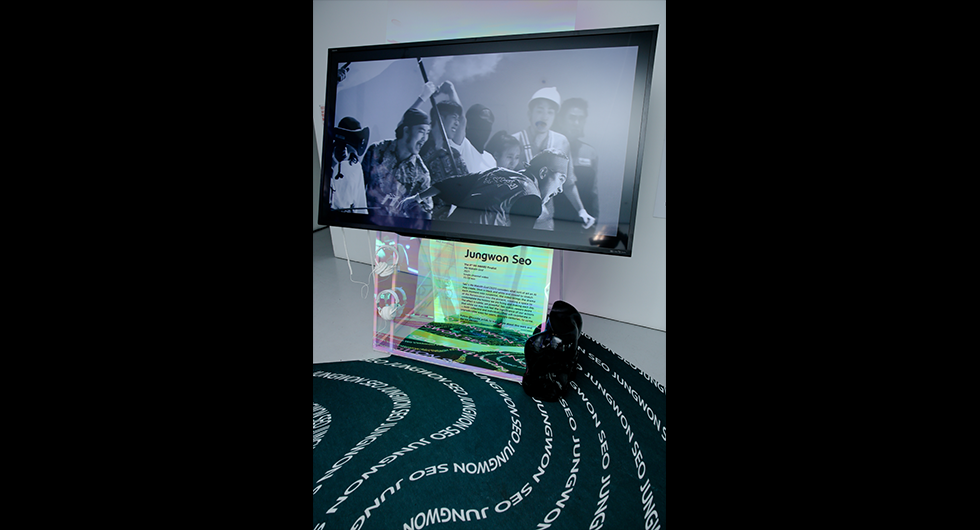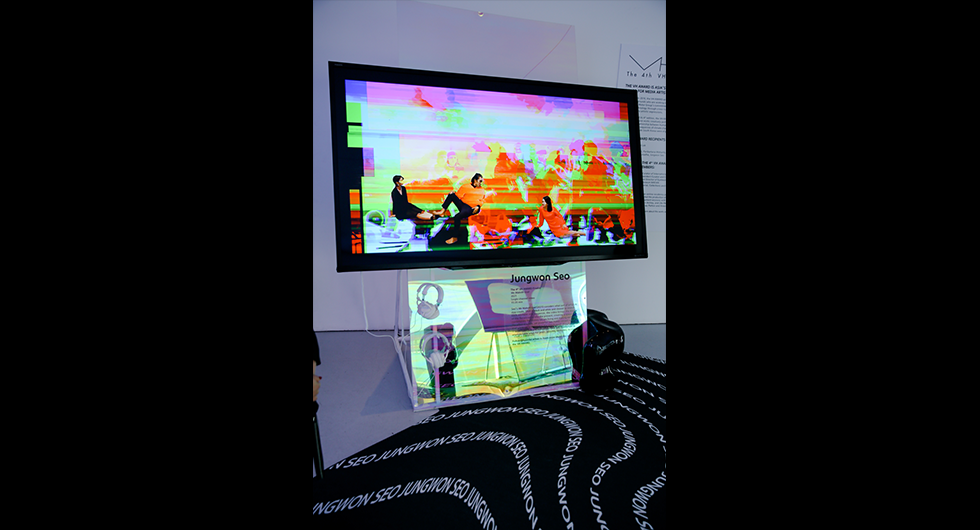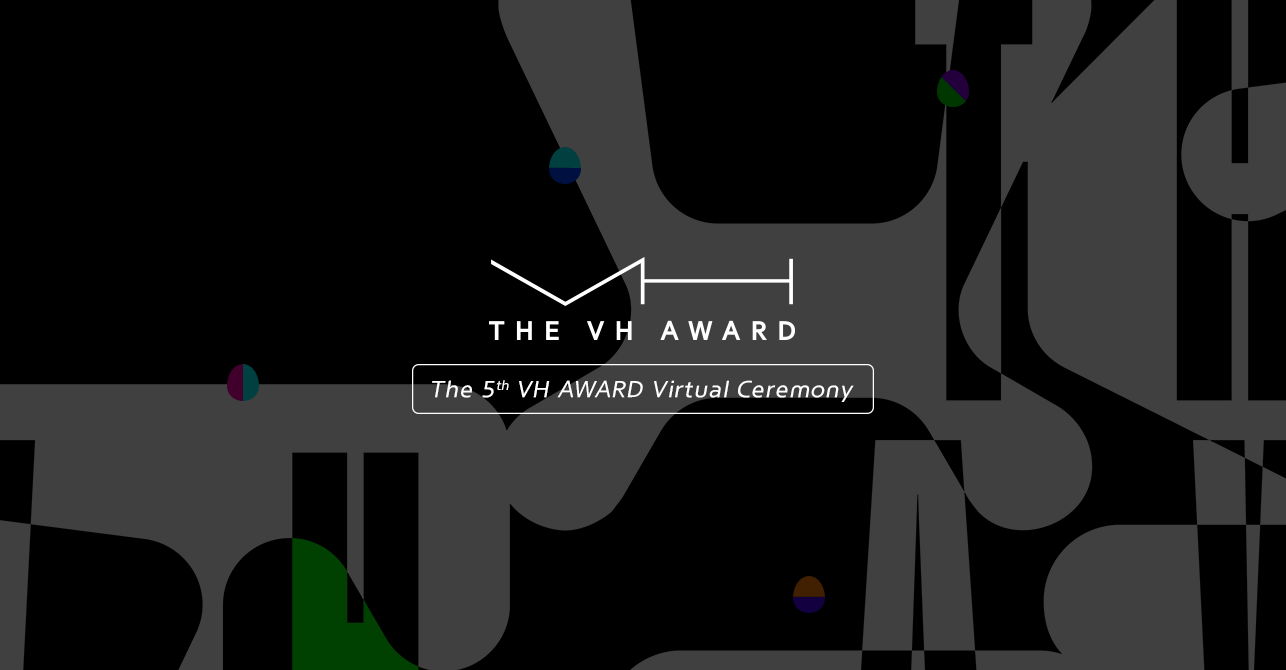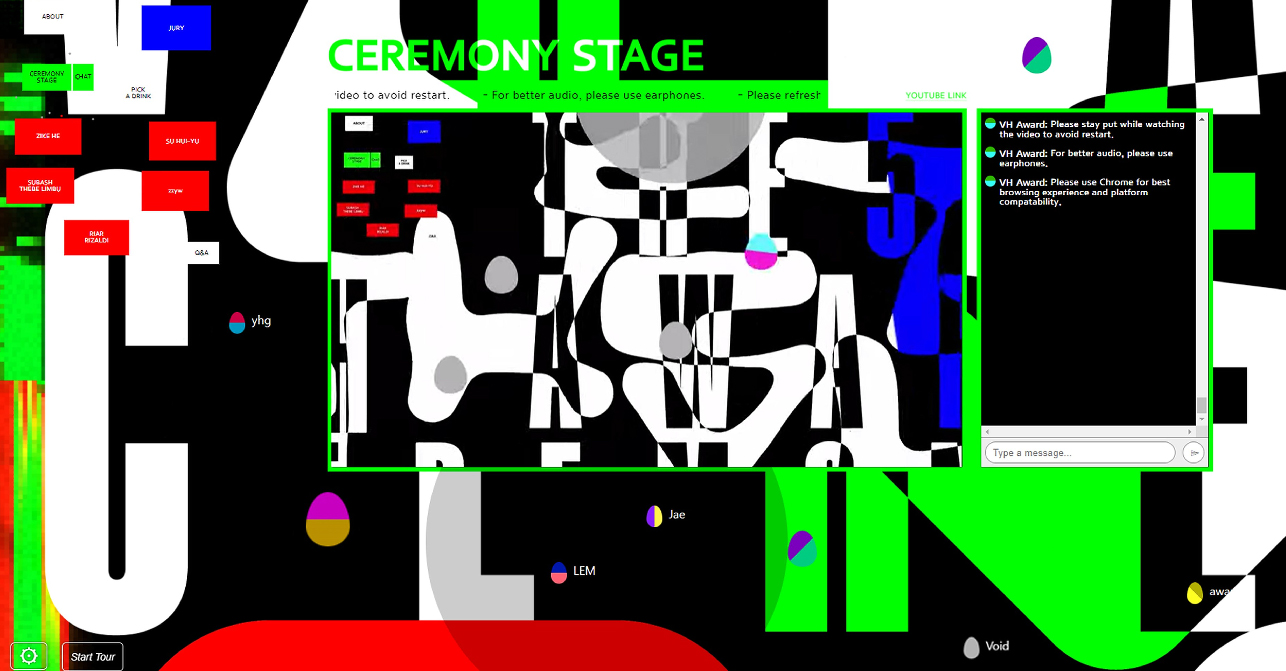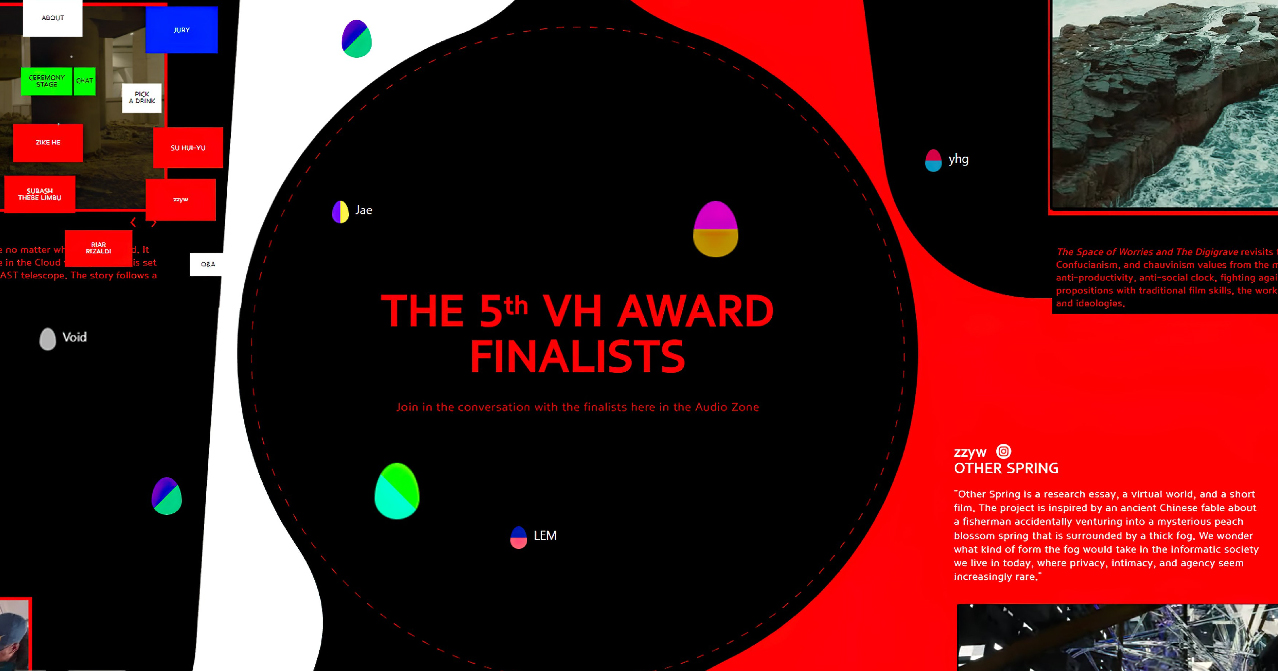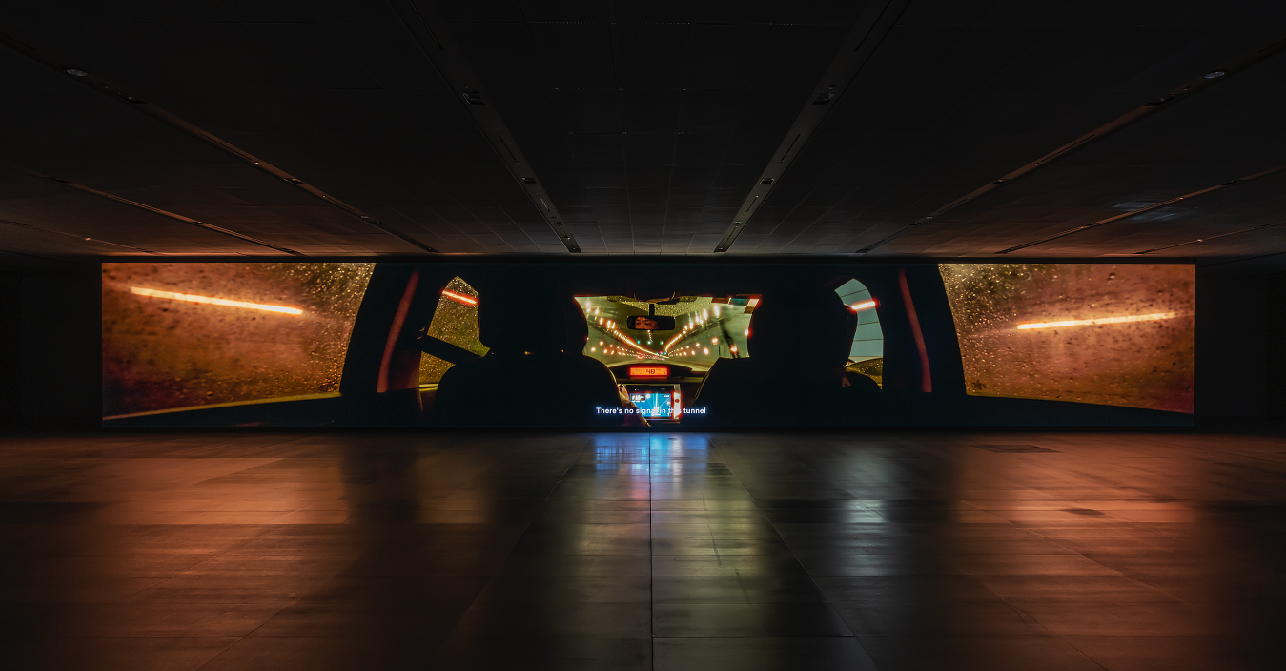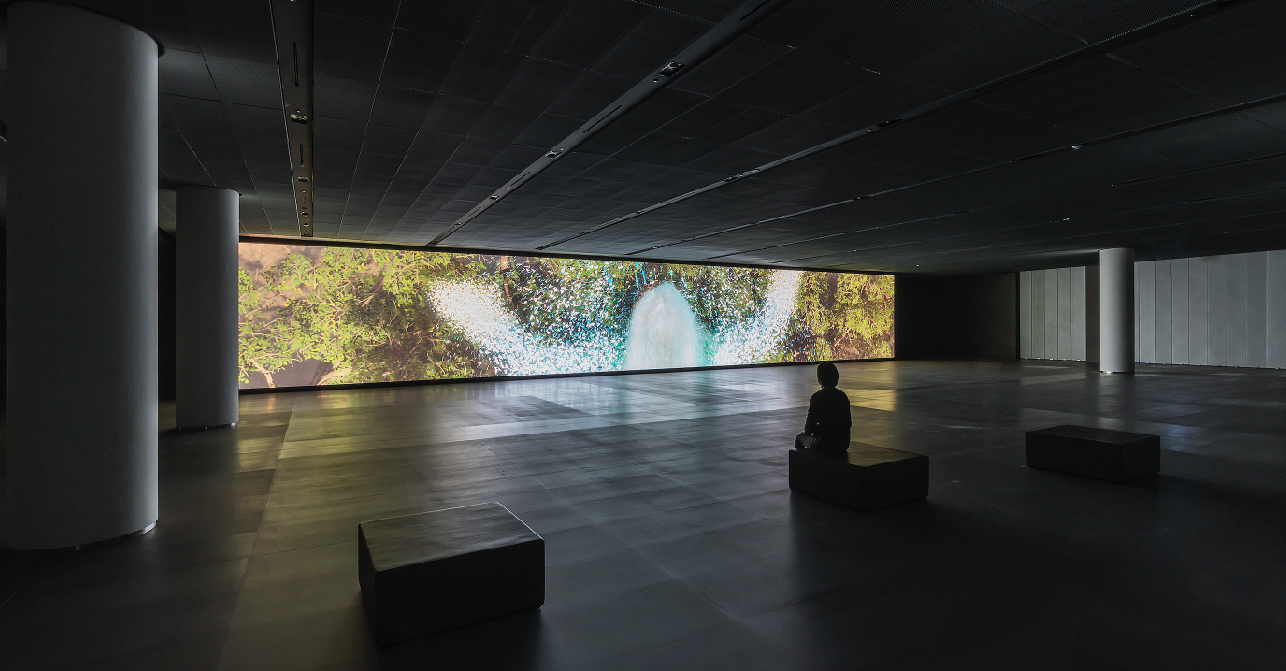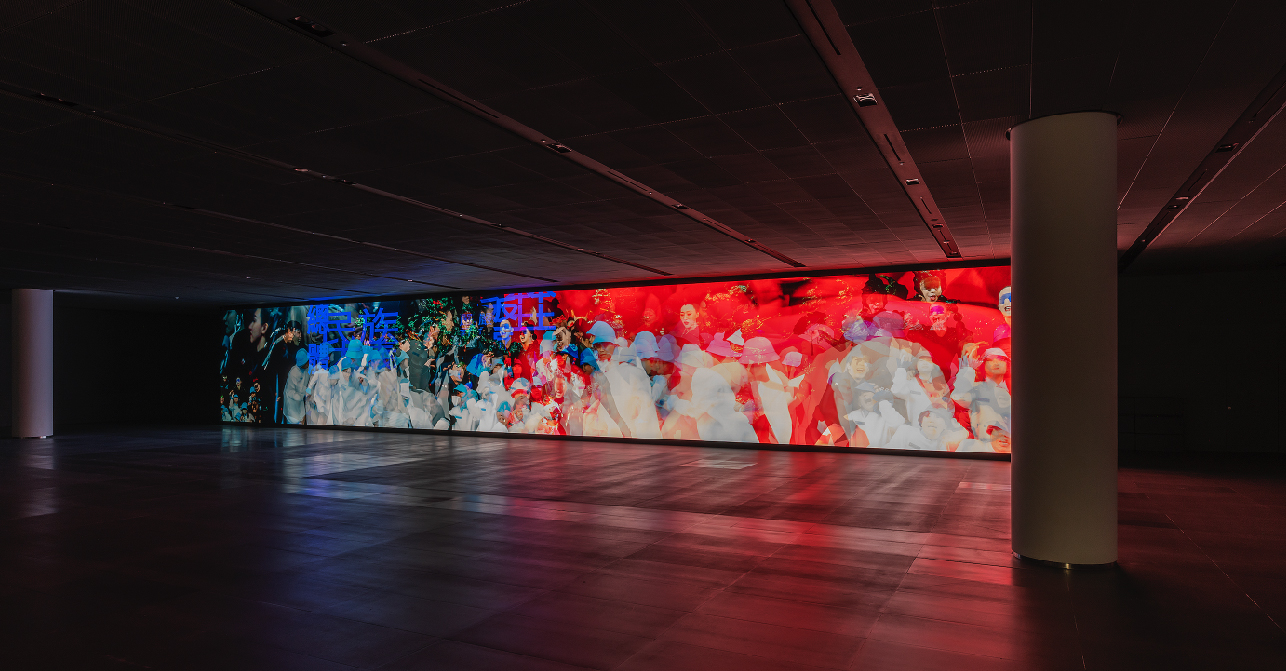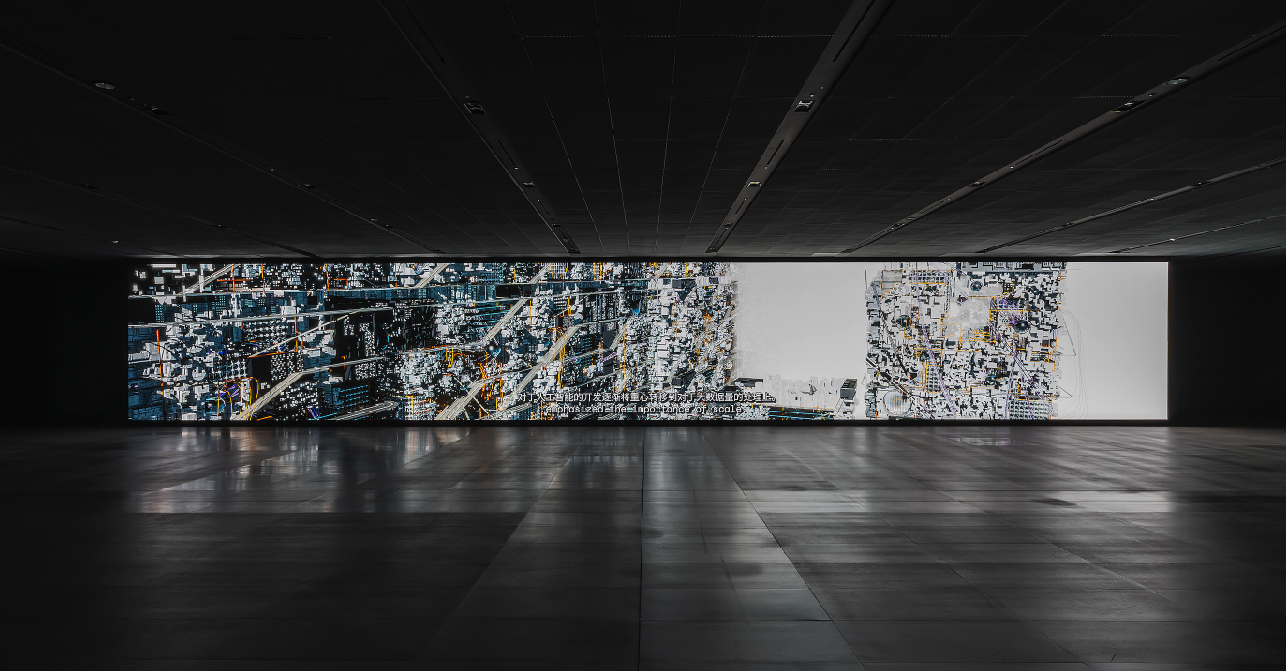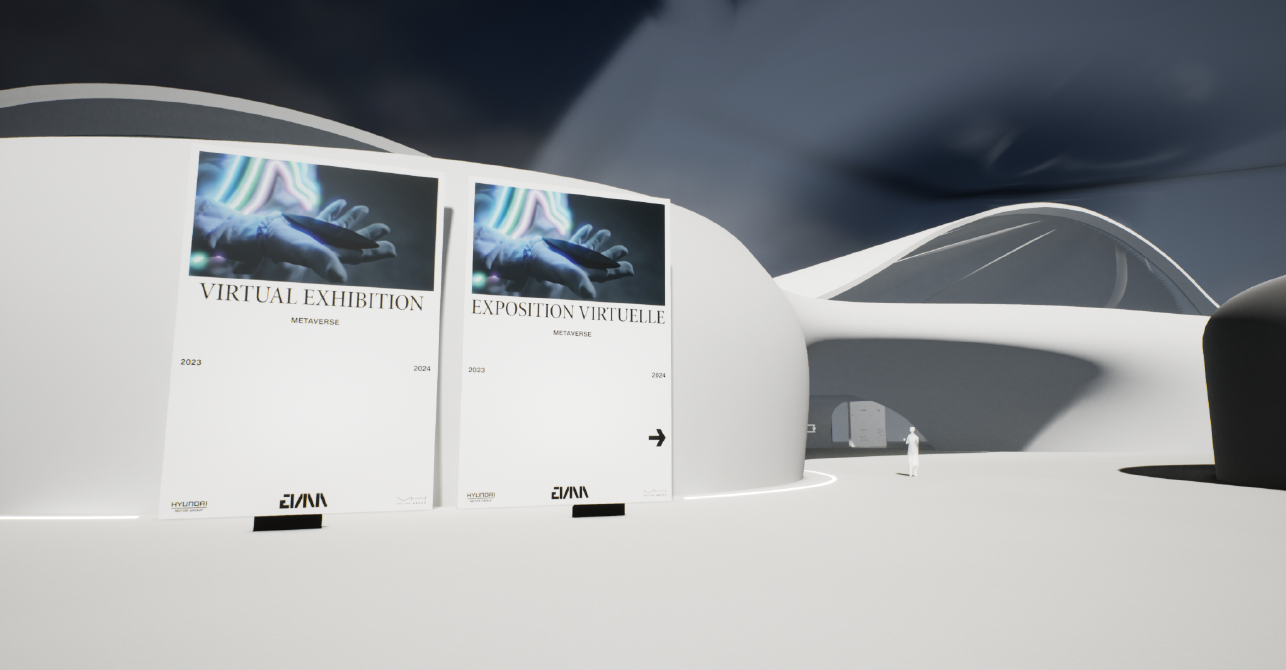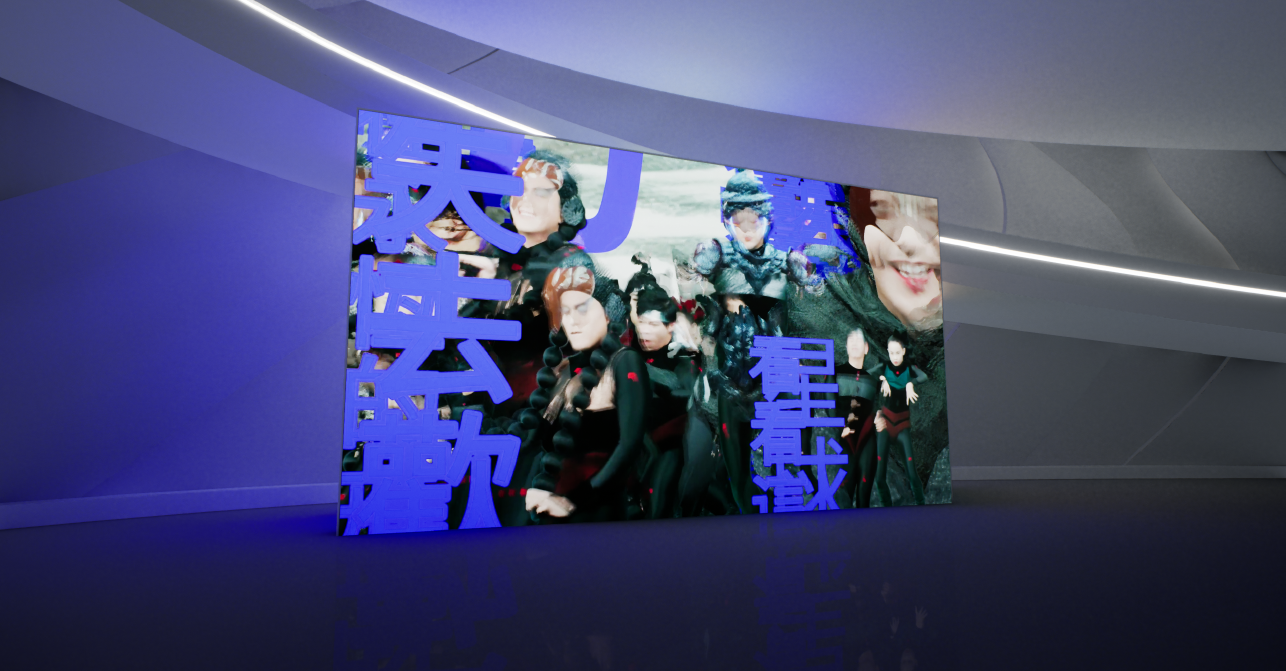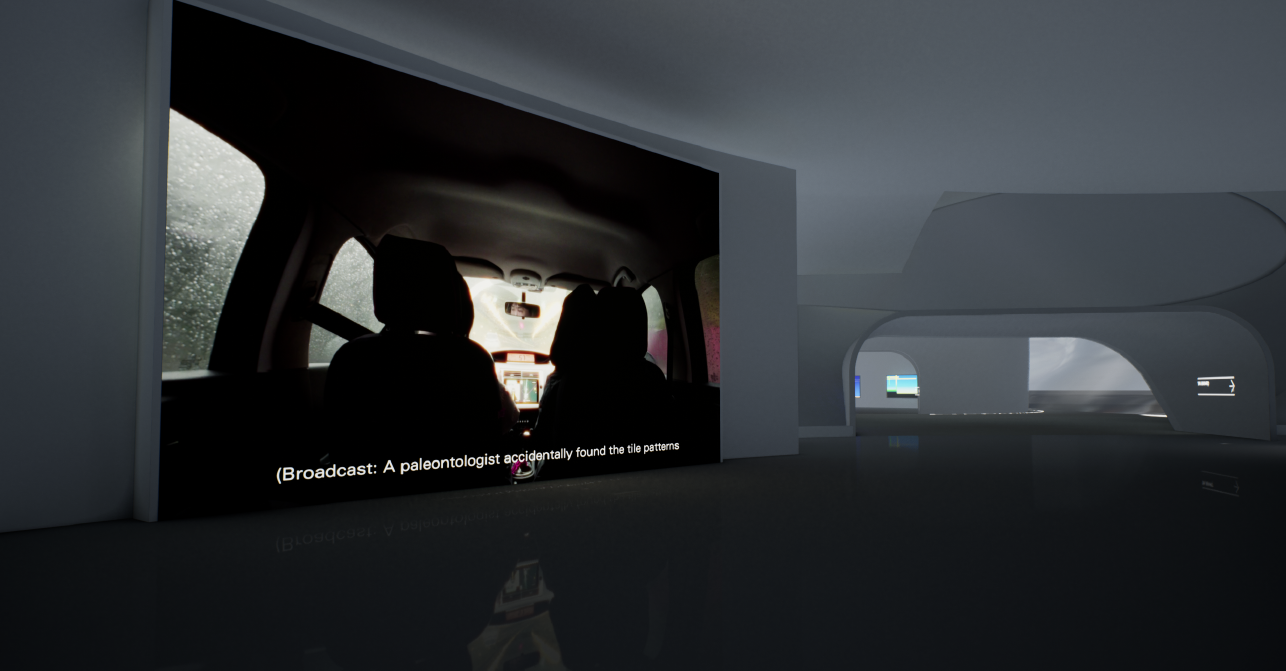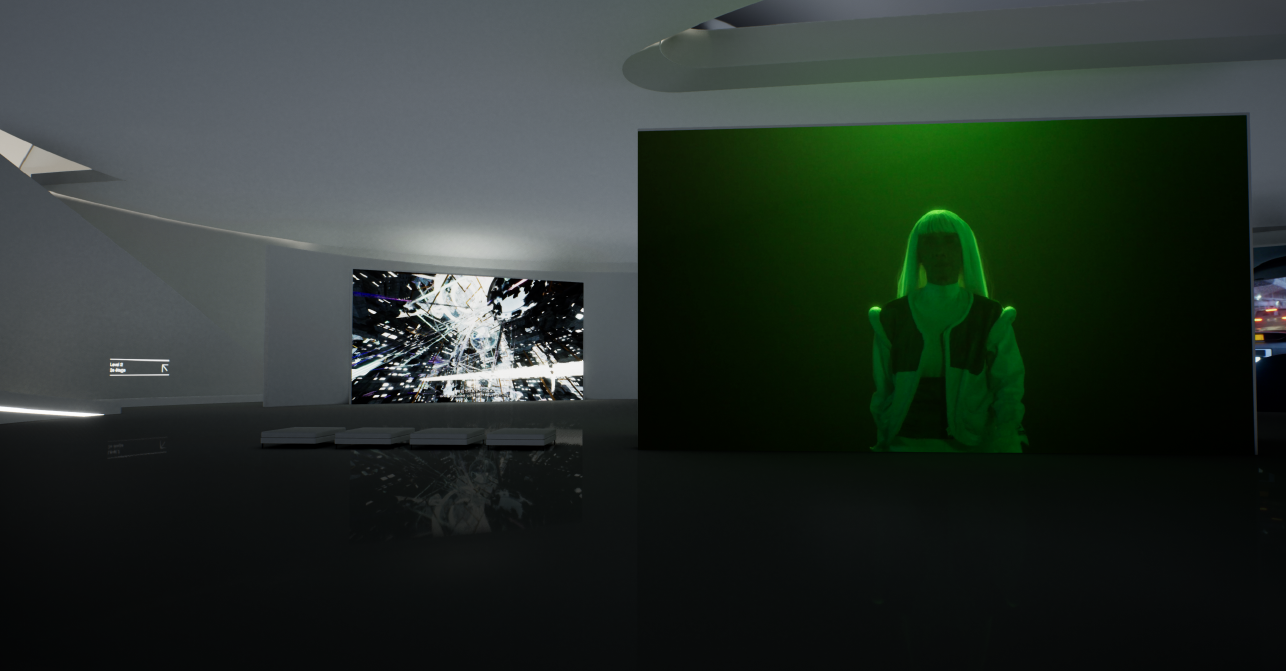Society’s ever-shifting relationship to technology can be charted through the work of those that have come through our doors over the past two decades. Now more than ever, Eyebeam radically centers artists in the cultural conversation, giving them the support to both interrogate and re-imagine what technology can be and who it is for.
-
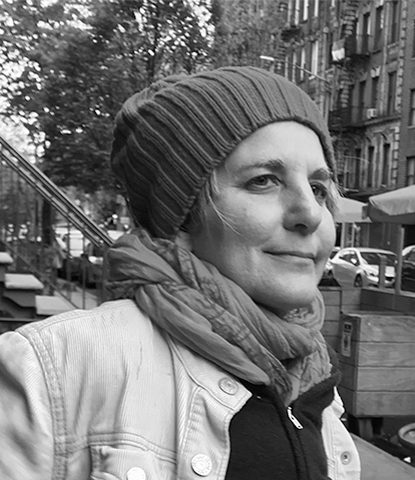
CLARINDA MAC LOW
Clarinda Mac Low was brought up in the avant-garde arts scene that flourished in NYC during the 1960s and ‘70s started out working in dance and molecular biology. in the late 1980s and now works in performance and installation, creating participatory events that investigate social constructs and corporeal experience. She is also a professor in digital arts and a former HIV/AIDS medical journalist. Mac Low is co-founder and Executive Director of Culture Push, an organization that links artistic practice and civic engagement and co-founder and co-director of Works on Water, an organization that supports art that works on, in, and with waterways. Recent work and ongoing projects include: “Sunk Shore,” participatory tours of the future rooted in climate change data, made in collaboration with Carolyn Hall, a dancer and historical marine ecologist; “Incredible Witness,” a series of game-based participatory events looking at the sensory origins of empathy; and “Free the Orphans,” a project that seeks to “free” copyright orphans, investigating the spiritual and intellectual implications of intellectual property in a digital age. Residencies include as a Back Apartment Resident in St. Petersburg, Russia through CEC (2019), as a MacDowell Fellow (2000, 2016), through the Society for Cultural Exchange in Pittsburgh (2007) and as a guest at Yaddo and Mount Tremper Arts (2012). She received a BAX Award in 2004, a Foundation for Contemporary Arts grant, 2007 and a 2010 Franklin Furnace Fund for Performance Art grant. Mac Low holds a BA, double major in Dance and Molecular Biology, from Wesleyan University and an MFA in Digital and Interdisciplinary Arts Practice from CCNY-CUNY, and has taught at NYU, CCNY-CUNY, Hunter College, Parsons School of Design, and Pratt Institute.
-
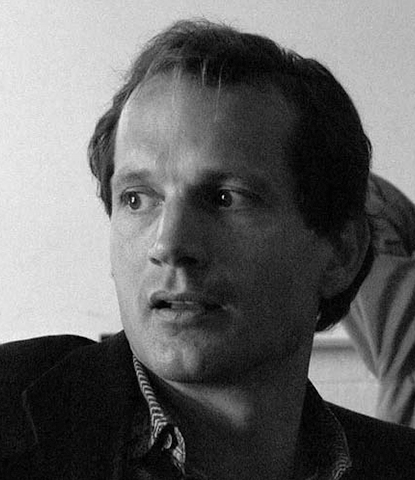
JON IPPOLITO
The inaugural winner of the Thoma Arts Writing prize, Jon Ippolito has exhibited artwork with collaborative teammates Janet Cohen and Keith Frank at venues such as the Walker Art Center and ZKM/Center for Art and Media Karlsruhe. As Associate Curator of Media Arts at the Guggenheim Museum, he curated Virtual Reality: An Emerging Medium and, with John G. Hanhardt, The Worlds of Nam June Paik. Ippolito’s critical writing has appeared in periodicals ranging from Flash Art and the Art Journal to the Washington Post. At the Still Water lab co-founded with Joline Blais, Ippolito has worked on three projects–the Variable Media Network, ThoughtMesh, and the books At the Edge of Art and Re-collection–that aim to expand the art world beyond its traditional confines.
-
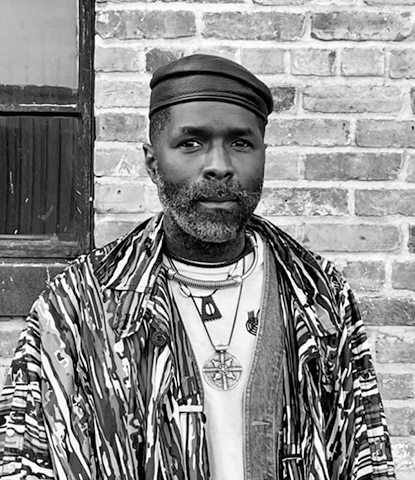
KAMAU AMU PATTON
Kamau Amu Patton is an interdisciplinary artist and educator whose work examines history and culture through engagement with archives, documents, stories, and sites. Patton’s projects are dialogic and take form as expanded field conversations. Patton received his MFA from Stanford University in 2007 and received a degree in Sociology from the University of Pennsylvania. His work was shown in 2012 as part of Pacific Standard Time and in 2013 as part of the Machine Project Field guide to LA Architecture. Patton has completed projects in soundscape studies through support provided by the State University of New York at Buffalo, the Mellon Elemental Arts Initiative, and the Tang Teaching Museum. He presented research in 2016 at the ABF house in Stockholm, Sweden, as a part of The Shape of Co- to- Come symposium and exhibition. Patton participated in a series of performances as part of Projects 107: Lone Wolf Recital Corps at the Museum of Modern Art in August 2017. In September 2017, he installed an iteration of his ongoing project, Tel, at the Tang Museum. In 2019, Patton’s public art commission with the Bowman Montessori School in Palo Alto, CA, was open to the public. Patton is a 2020 Creative Capital Grant Awardee. In 2020 Patton was an artist in residence at Coaxial Arts Foundation in Los Angeles and he was a 2020 Archive Artist in Residence at Experimental Sound Studio in Chicago. Utilizing recordings from the Sun Ra / El Saturn Collection, Patton created “The Past & Other Dreams”, a double cassette produced by the artist in collaboration with the Creative Audio Archive at ESS. A box set LP of Patton’s arrangements of Terry Adkins’s Lone Wolf Recital Corps Recitals, Second Mind and Alto Age, was released in partnership with the Pulitzer Arts Foundation in 2021. In 2022, Patton performed new sound compositions at Roulette Intermedium and Basilica Arts in Hudson New York.
-
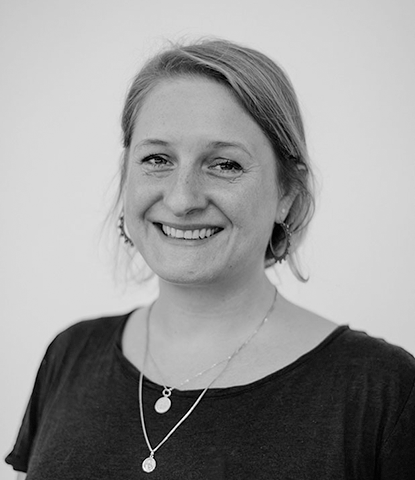
MAGDALENA MAGIERA
Magdalena Magiera (Germany/Singapore) is currently Curator and Research Associate at NTU CCA Singapore. Her practice and expertise encompasses a wide range of disciplines, including exhibition-making and venue building; developing process-based research; organising lectures and conferences; and staging events and performances. She has worked with institutions throughout Europe, North America and Asia, including biennales, museums and artist-run spaces, and collaborated with artists, curators, academics and researchers working across multiple fields.
Her extensive experience includes developing projects with NTU CCA Singapore; Rockbund Art Museum, Shanghai; dOCUMENTA(13); KW Institute for Contemporary Art, Berlin; Kulturprojekte Berlin e.V.; e-flux in Berlin, Mexico City and New York City; mono.kultur and frieze d/e. -
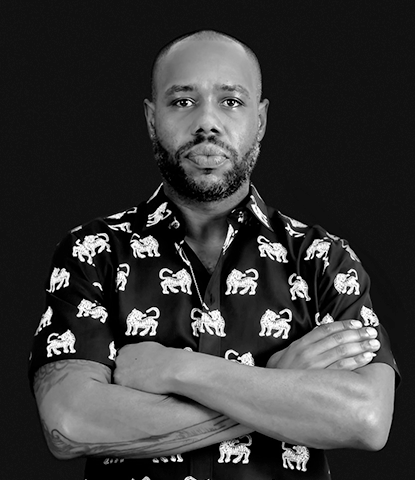
MARTON ROBINSON
Costa Rican artist and scholar Marton Robinson has an interdisciplinary background informed by his studies in both Physical Education and Art and Visual Communication. Robinson currently teaches in the Design Department at Ontario College of Arts & Design University. The result is a multimedia art practice that investigates modes of communication and translation – of history, culture, and identity – that challenge popular culture’s representations and assumptions. Robinson’s work exposes the nuances present in the Afro-Latino experience, enriching the critical discourse of contemporary works of the African Diaspora.
Robinson has participated in exhibitions in spaces such as: The Getty Center, Los Angeles, California; Museo de Arte y Diseño Contemporáneo, Costa Rica; Vincent Price Art Museum, California; Fundación Ars TEOR/éTica, Costa Rica; Museo de Arte Costarricense, Costa Rica; X Bienal Centroamericana, Costa Rica; Pacific Standard Time LA/LA, California; Le Palais de Tokyo, France; Bergen Kjøtt, Bergen, Norway; Centro de la Imagen, México; Gallery GVCC, Casablanca, Morocco; Museo Amparo, México; 21st Biennial Contemporary Art Sesc Videobrasil, Brazil; Trienal Internacional de Performance Deformes, Chile. -
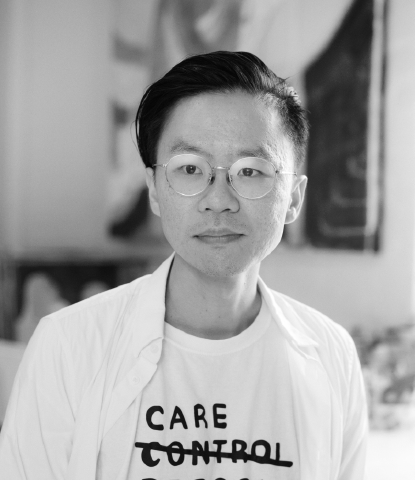
Taeyoon Choi
Taeyoon Choi (born 1982, San Mateo, California) explores the poetics of science, technology, society, and human relations. He works with computer programming, drawing, and writing, oftentimes in collaboration with fellow artists, experts and community members.
Most recently, he collaborated with Christine Sun Kim on lecture performances about sound and technology. He collaborated with Nabil Hassein and Sonia Boller to organize the Code Ecologies conference about the environmental impact of technology. He coorganized the first New York Tech Zine Fair with Mimi Onuoha to support independent publishing about technology. He collaborated with Cori Kresge, Jerron Herman, stud1nt, Chancey Fleet on Distributed Web of Care.
His projects, participatory workshops, performances, and installations were presented at the New Museum of Contemporary Art, Whitney Museum of American Art, Los Angeles County Museum of Art, Smithsonian Asian Pacific American Center, Van Alen Institute, M+ Museum and more. He participated in Shanghai Biennale, Mediacity Seoul Biennale, Istanbul Design Biennale and Biennale Architettura 2021. He was an artist in residence at Eyebeam Art and Technology Center, Lower Manhattan Cultural Council, Frank-Ratchye Studio for Creative Inquiry, Pioneer Works, NEW INC, Data and Society and Centre for Heritage, Arts and Textile. He’s worked with the support of the Open Society Foundation and the Knight Foundation. He spoke at Creative Time Summit, Decentralized Web Summit, Google SPAN, Adobe 99U, and various academic conferences. He contributed to alternative education such as the Public School New York, Occupy University, and Triple Canopy Publication Intensive. He taught at the New York University, Parsons School of Design | The New School, The City University of New York, and the University of Seoul. As a co-founder of the School for Poetic Computation, he helped build the school’s curriculum and administration. -
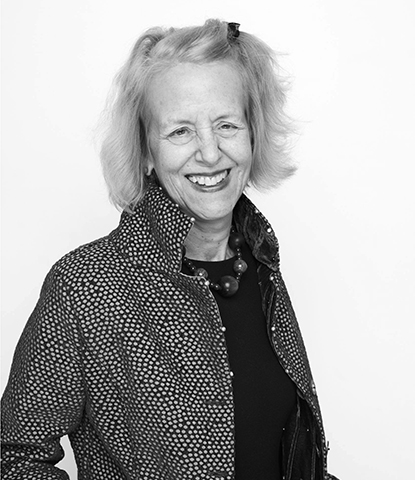
Barbara London
Barbara London is a New York-based curator and writer who founded the video-media exhibition and collection programs at The Museum of Modern Art, where she worked between 1973 and 2013.
Her recent projects include the podcast series Barbara London Calling (barbaralondon.net), the book Video Art/The First Fifty Years (Phaidon: 2020), and the exhibition “Seeing Sound” (Independent Curators International).
London was the first to integrate the Internet as part of curatorial practice, with Stir-fry (1994), Internyet (1998) and dot.jp. (1999.) She organized one-person shows with such media mavericks as Laurie Anderson, Peter Campus, Teiji Furuhashi, Gary Hill, Joan Jonas, Shigeko Kubota, Nam June Paik, Song Dong, Steina Vasulka, Bill Viola, and Zhang Peili. Her thematic exhibitions at MoMA included Soundings: A Contemporary Score (2013), Looking at Music (2009), Video Spaces (1995), Music Video: The Industry and Its Fringes (1985) and Video from Tokyo to Fukui and Kyoto (1979). London’s writing has appeared in many catalogs.
